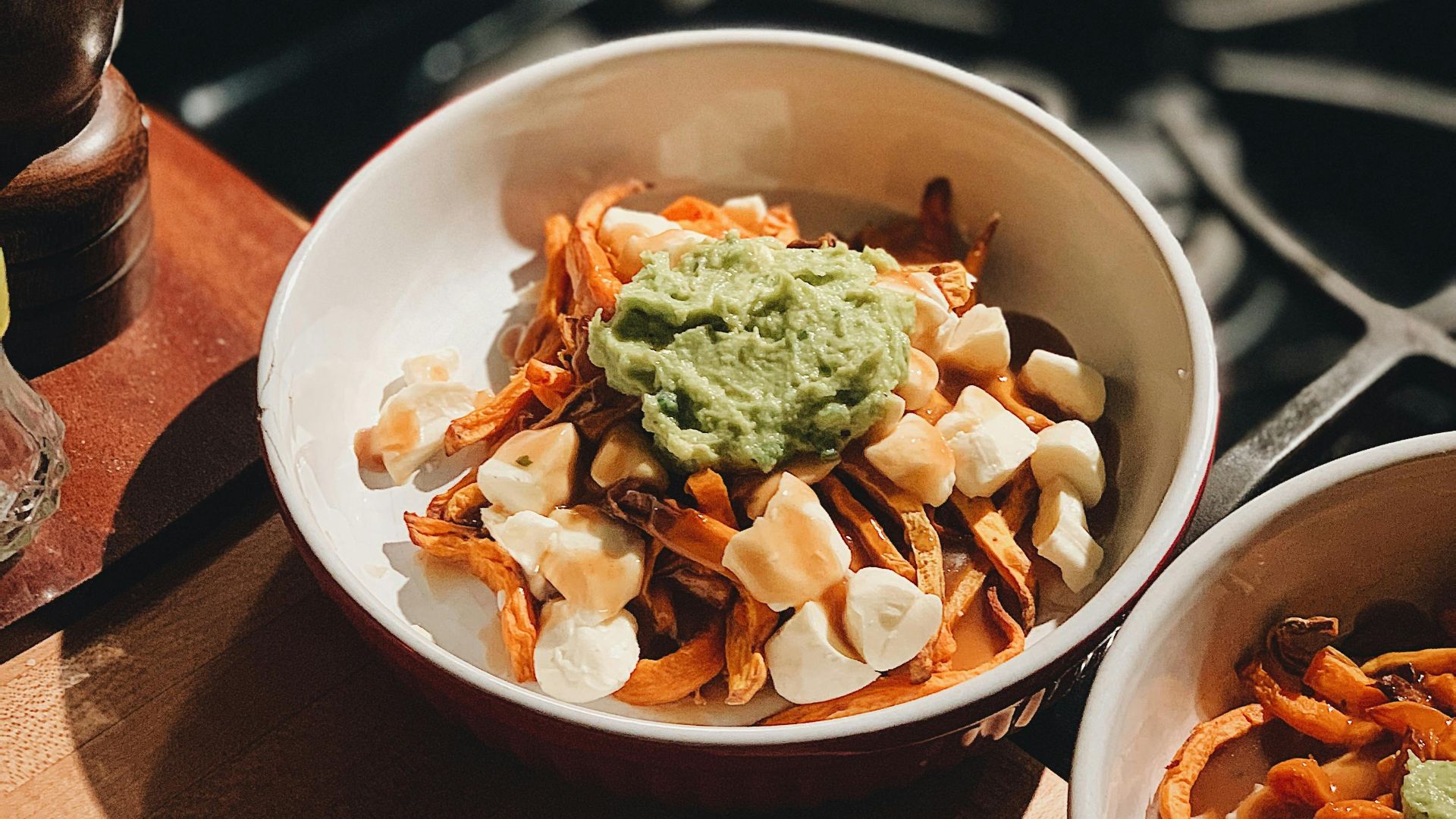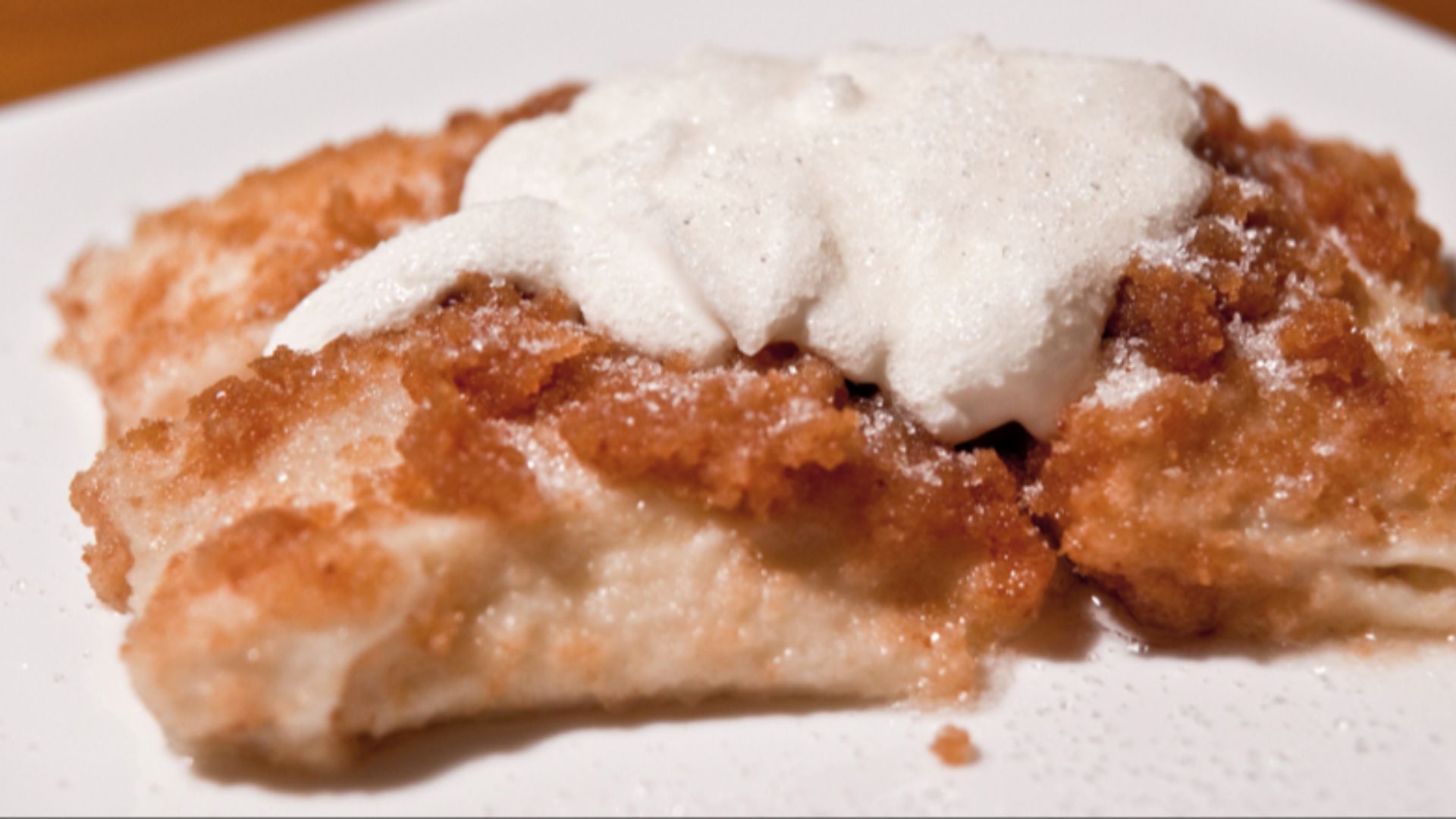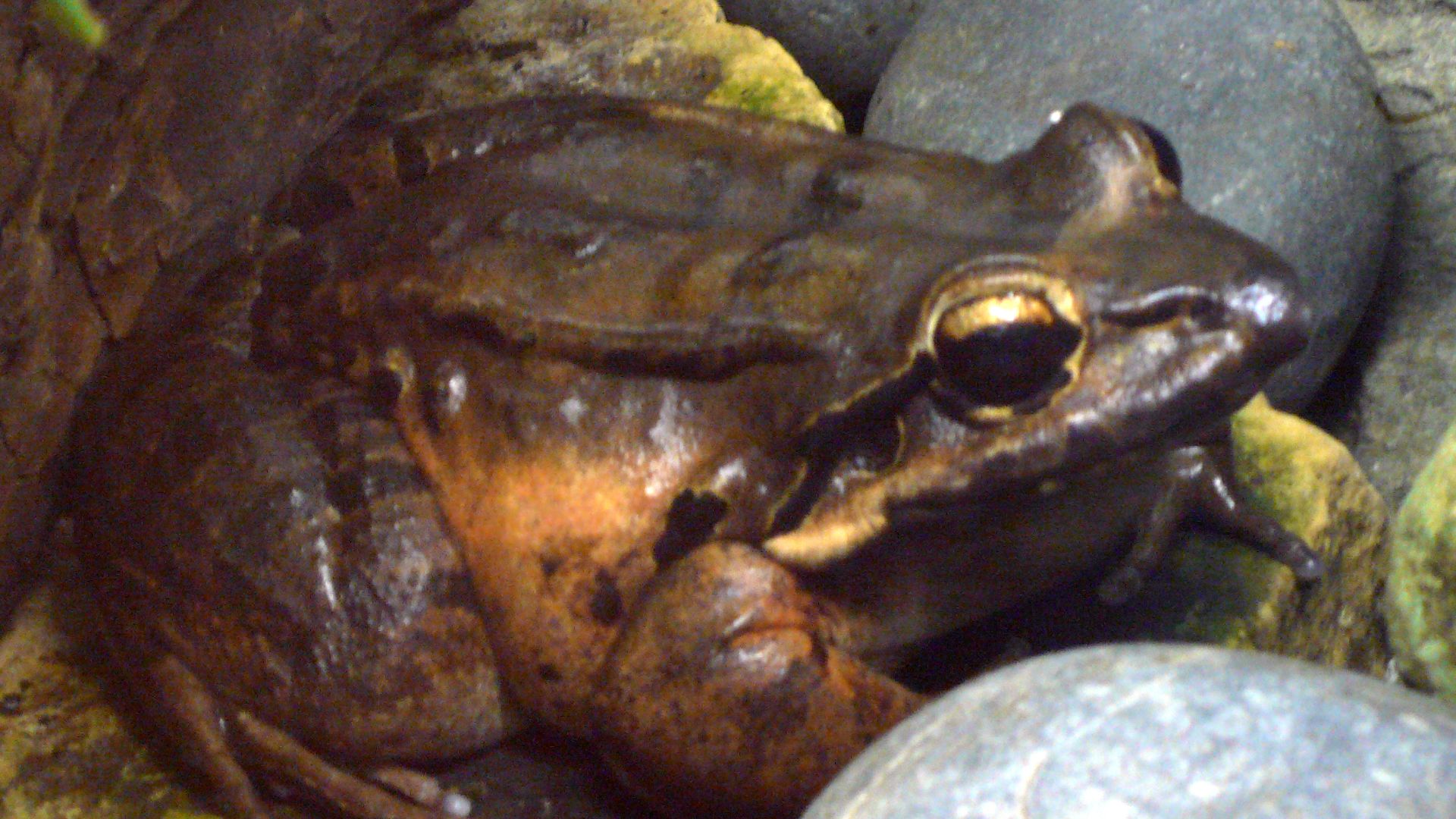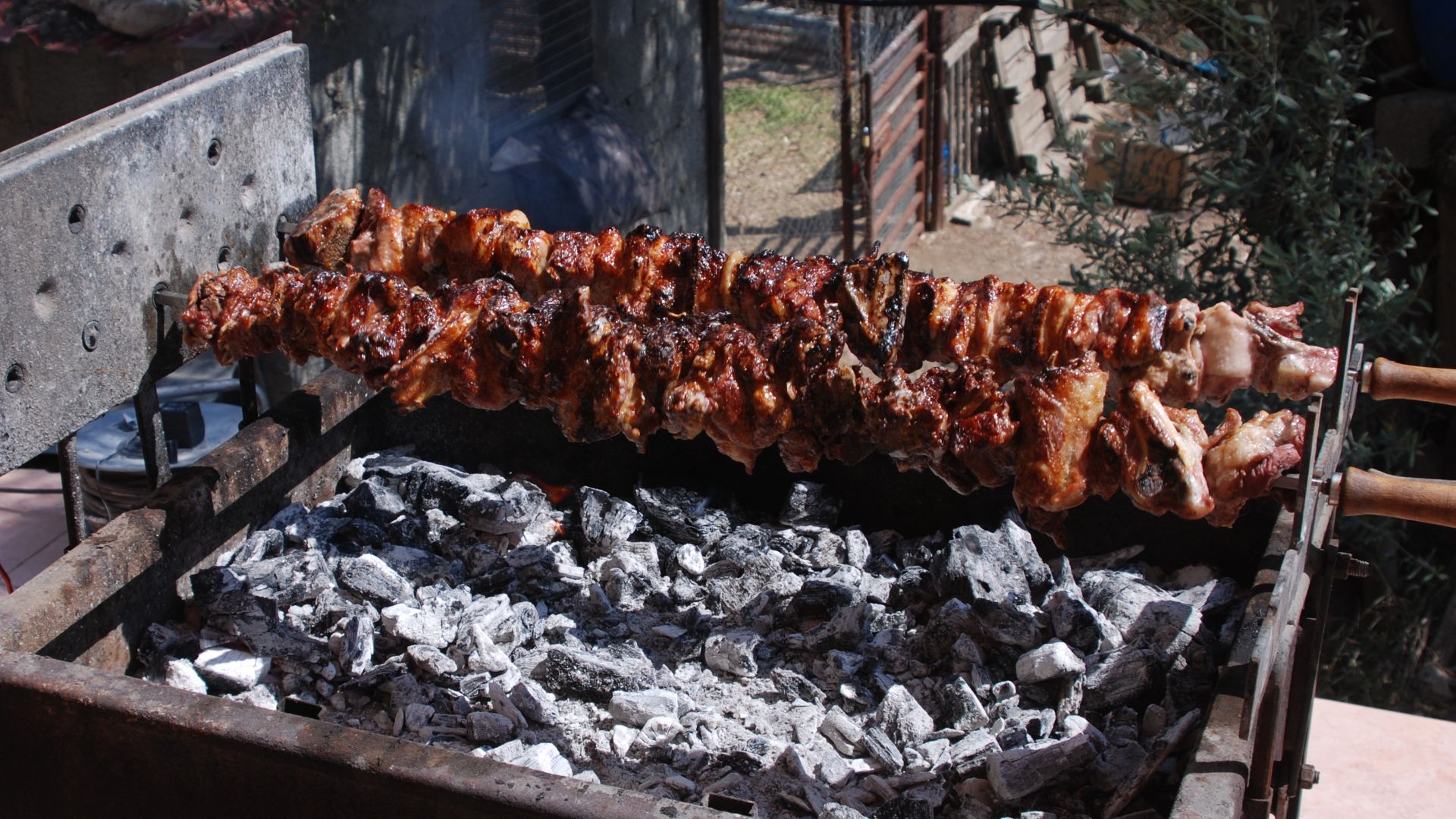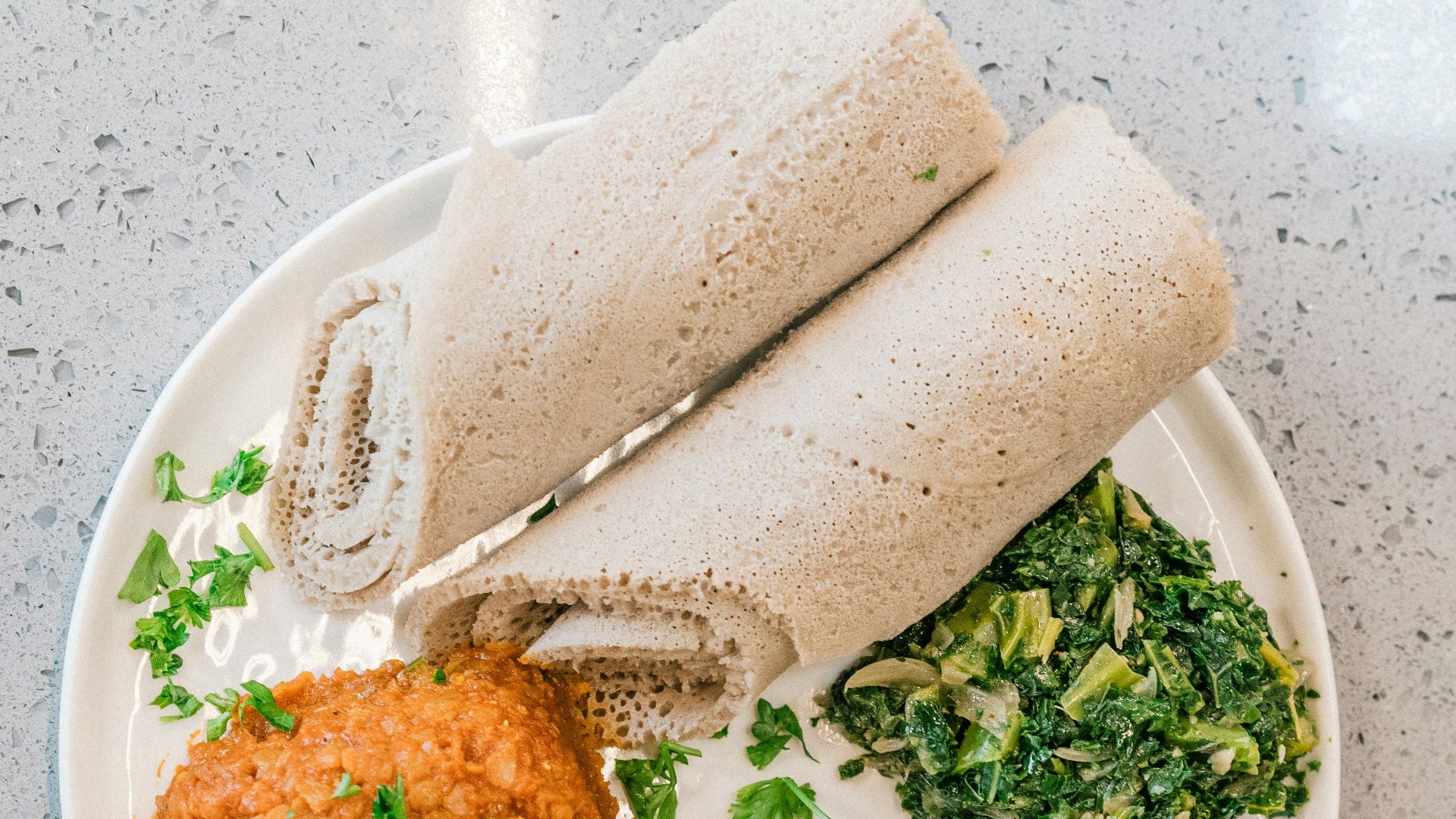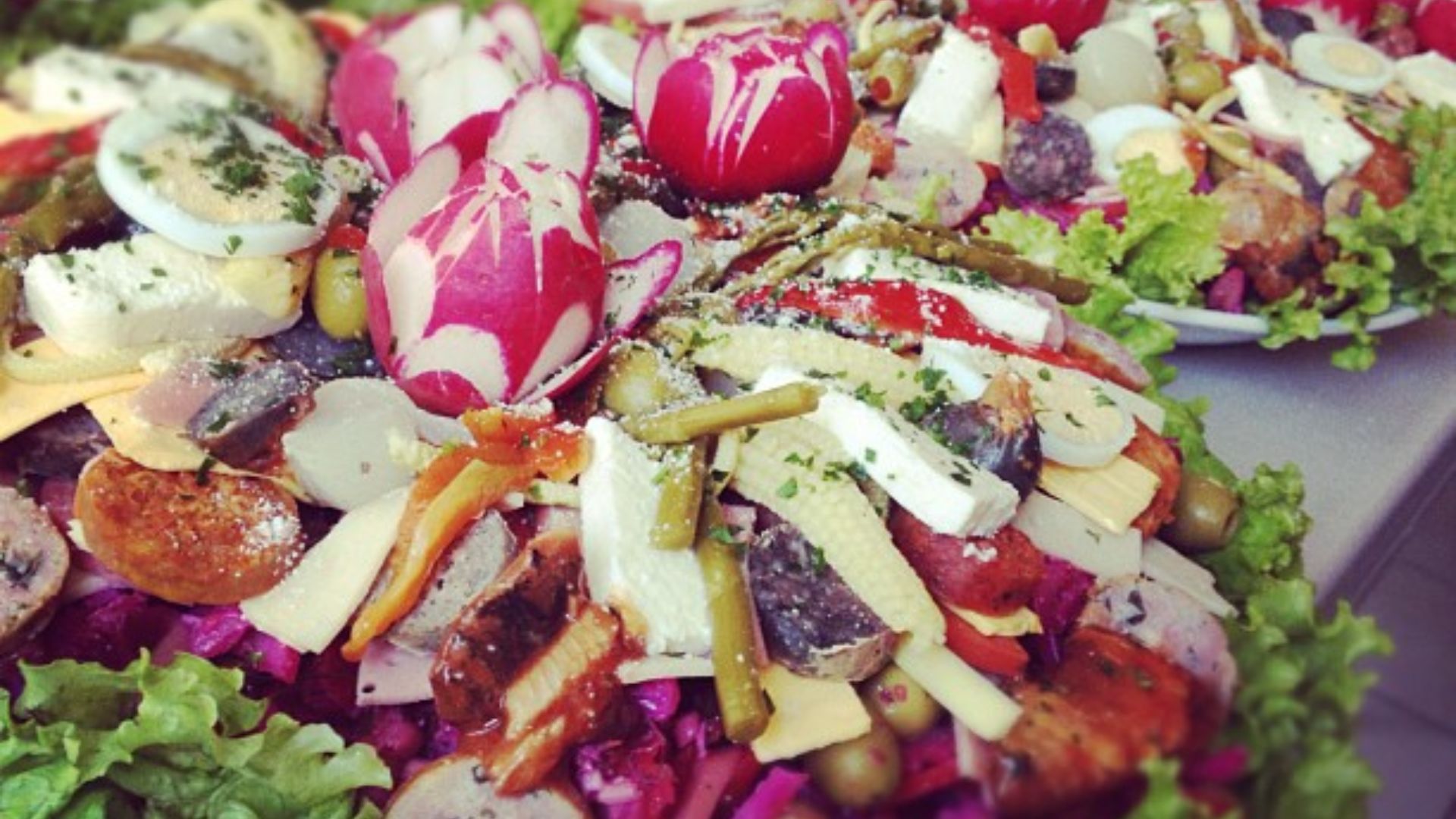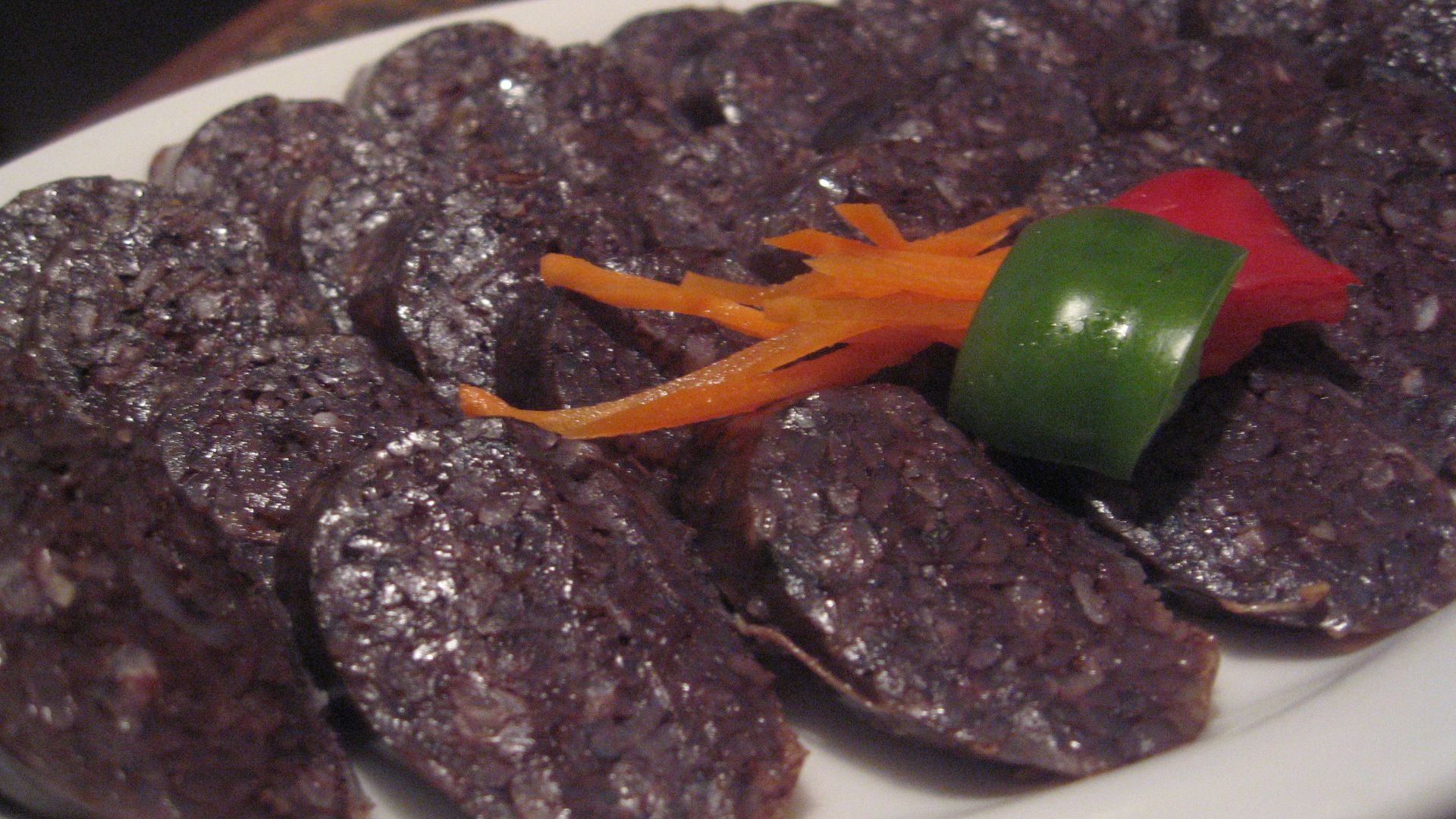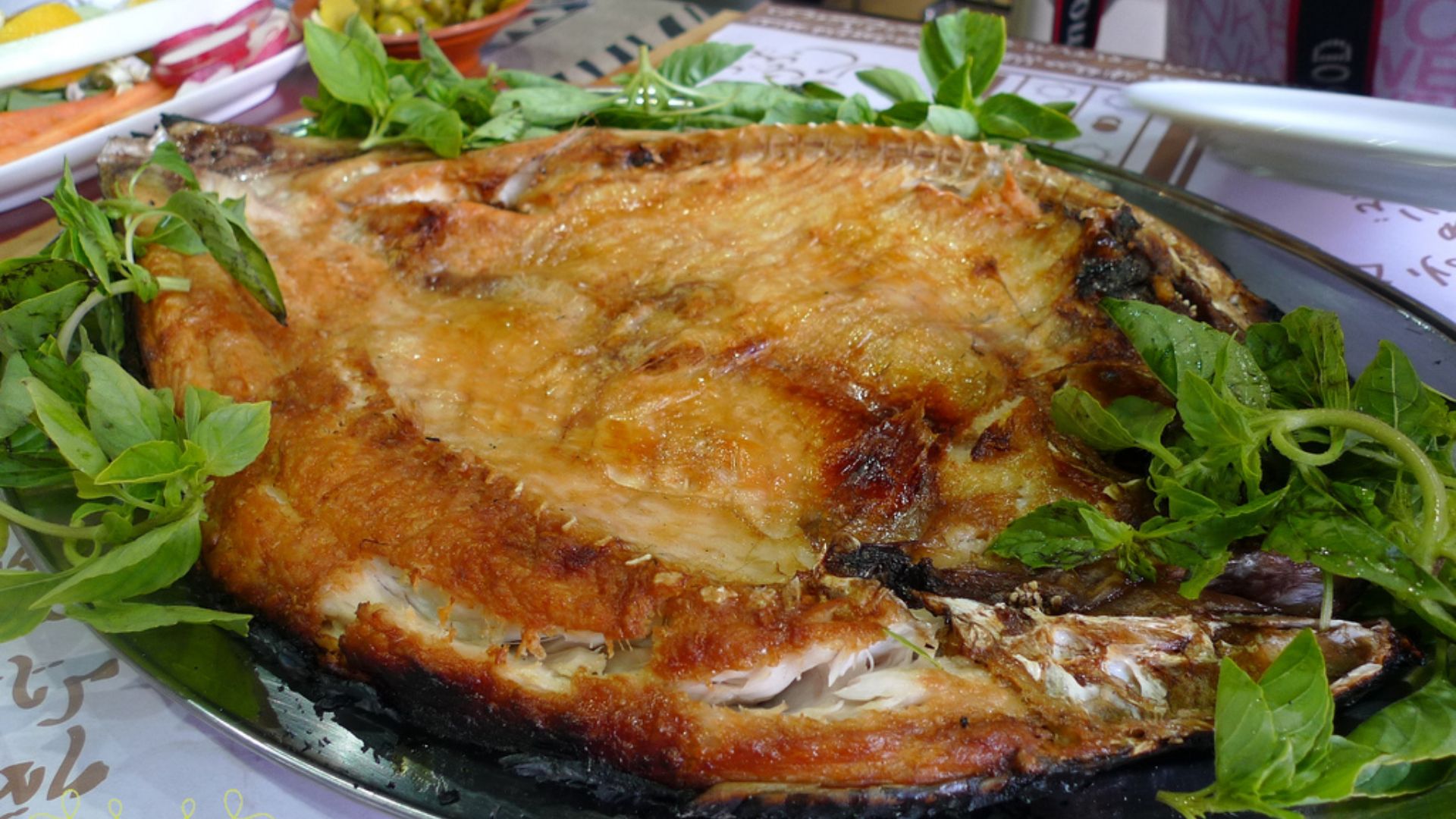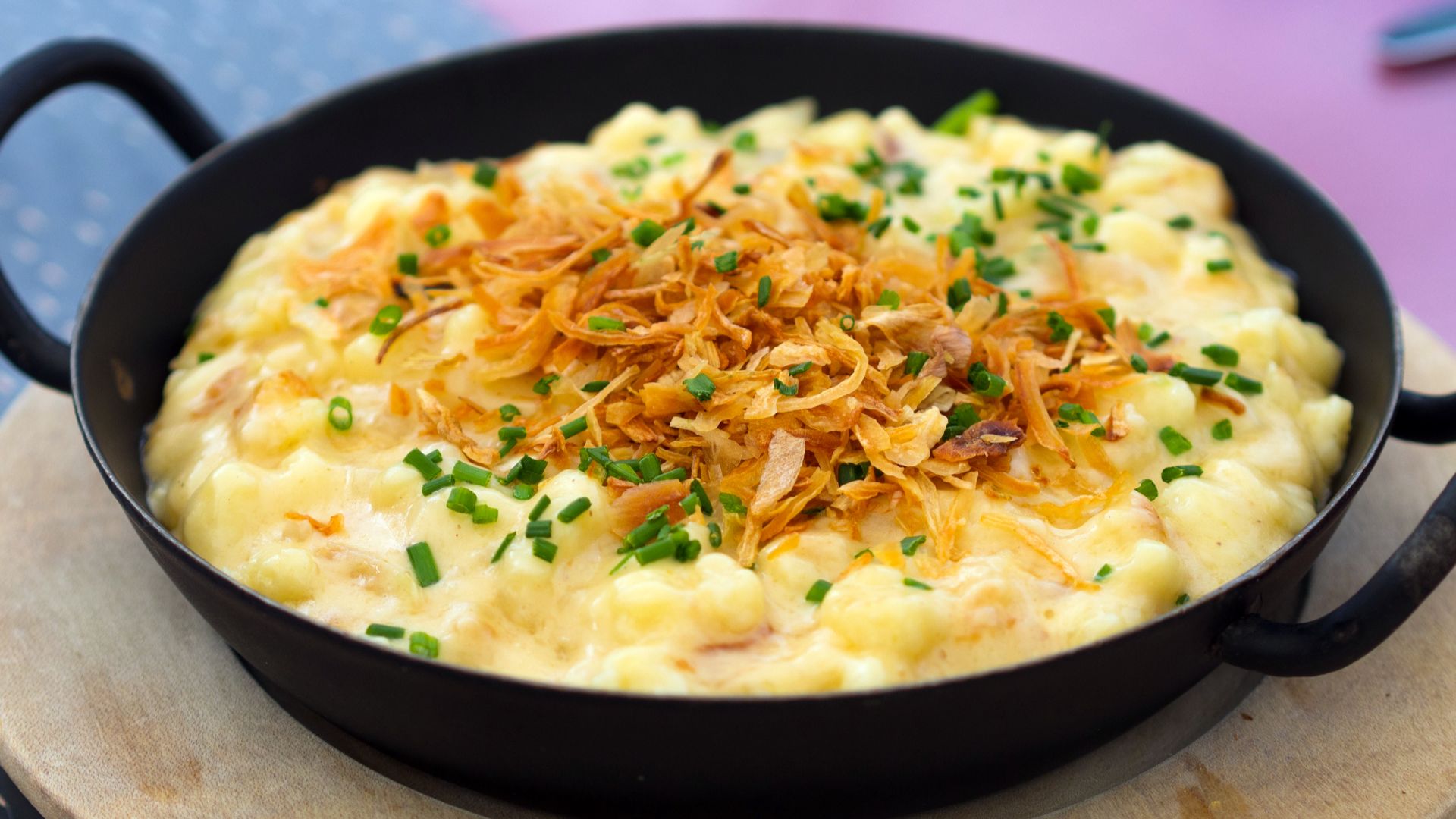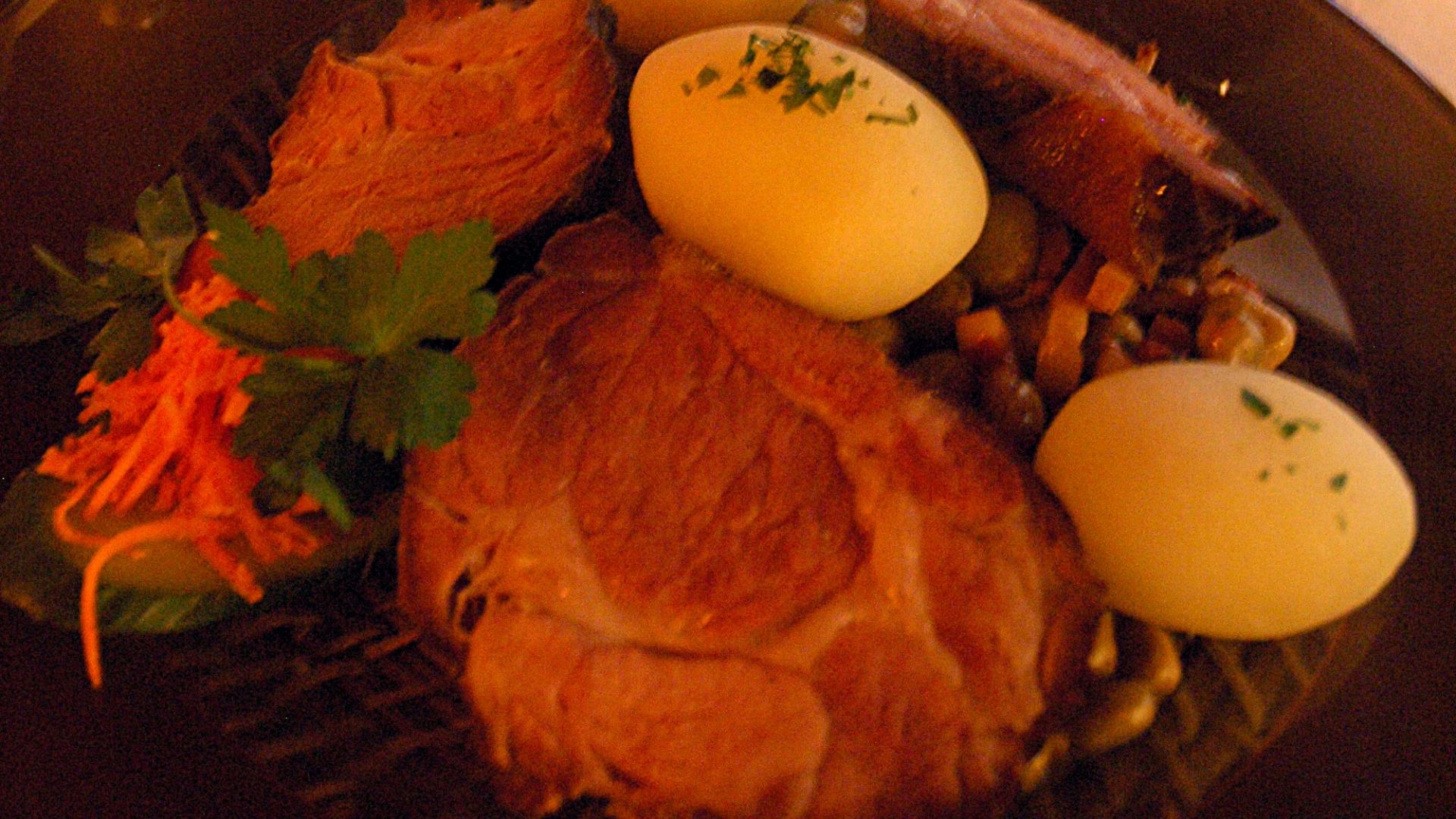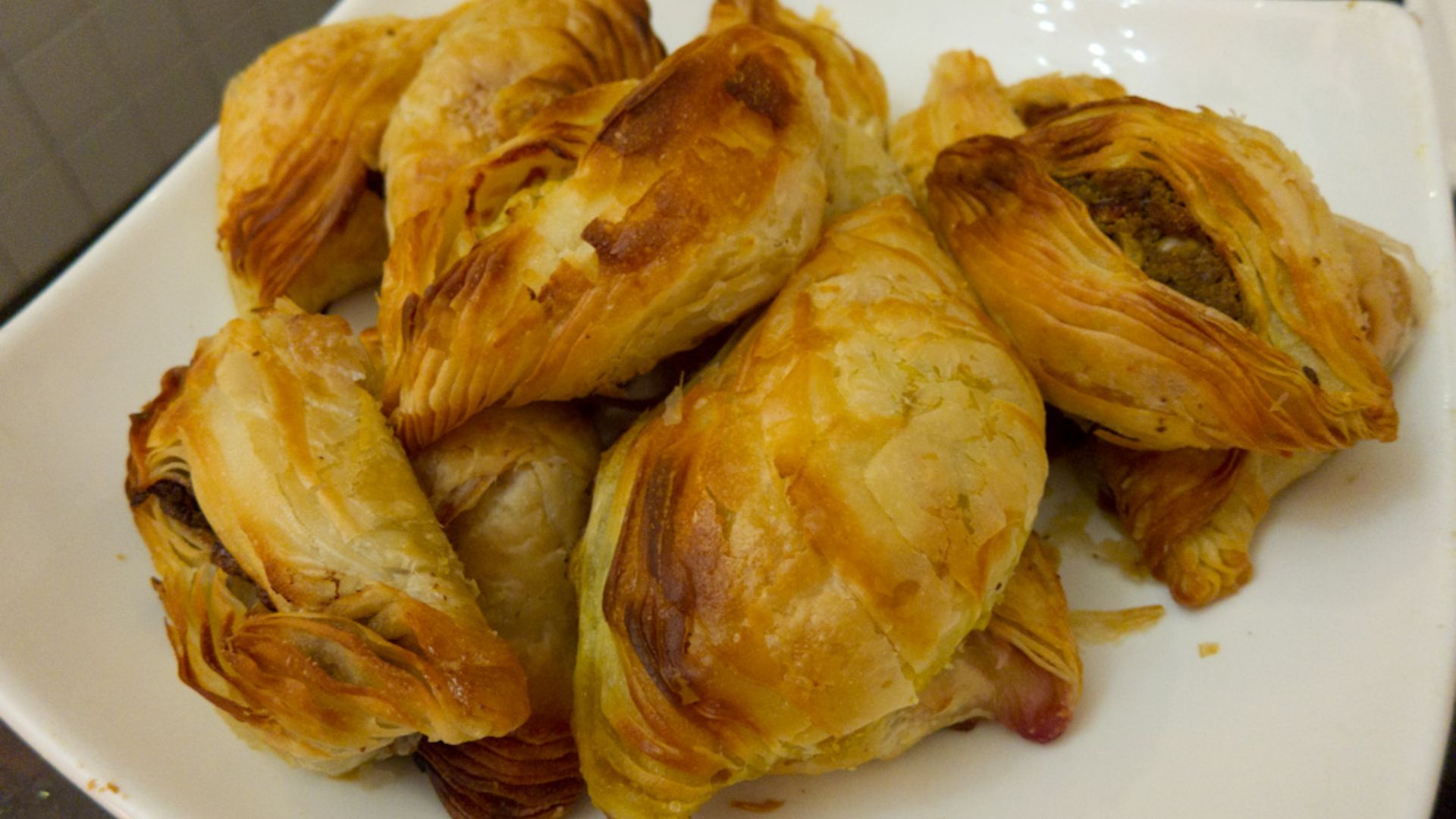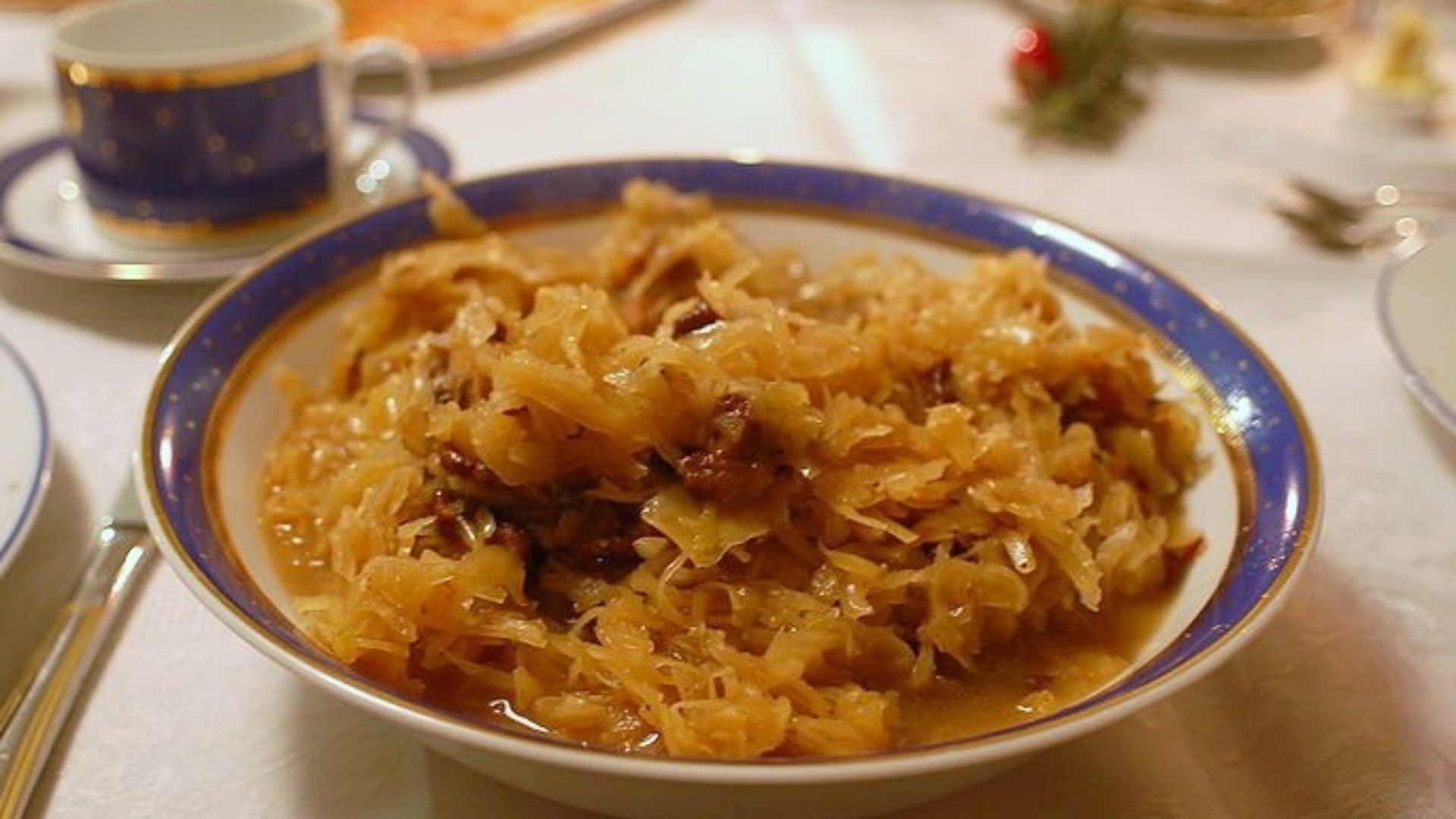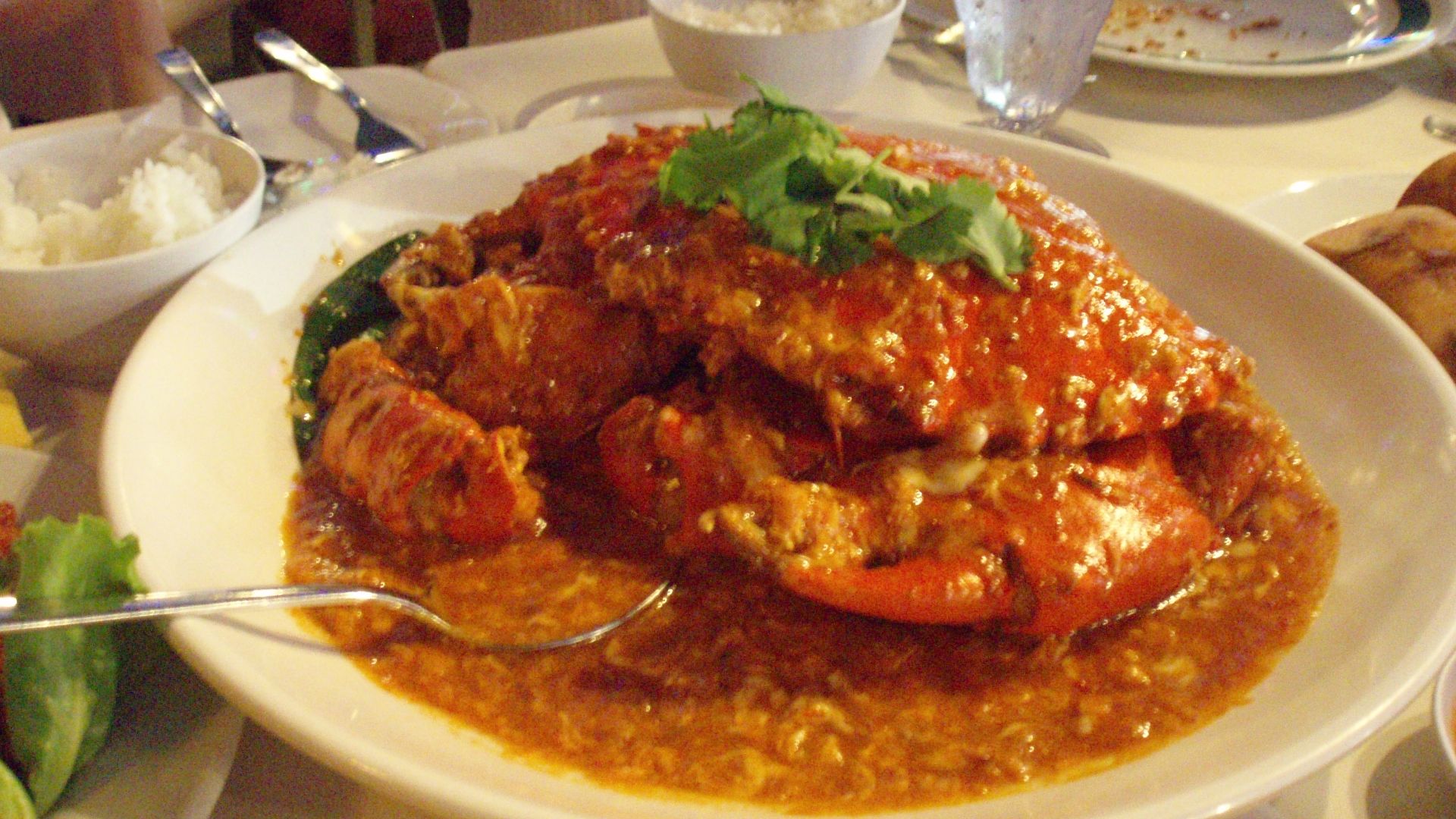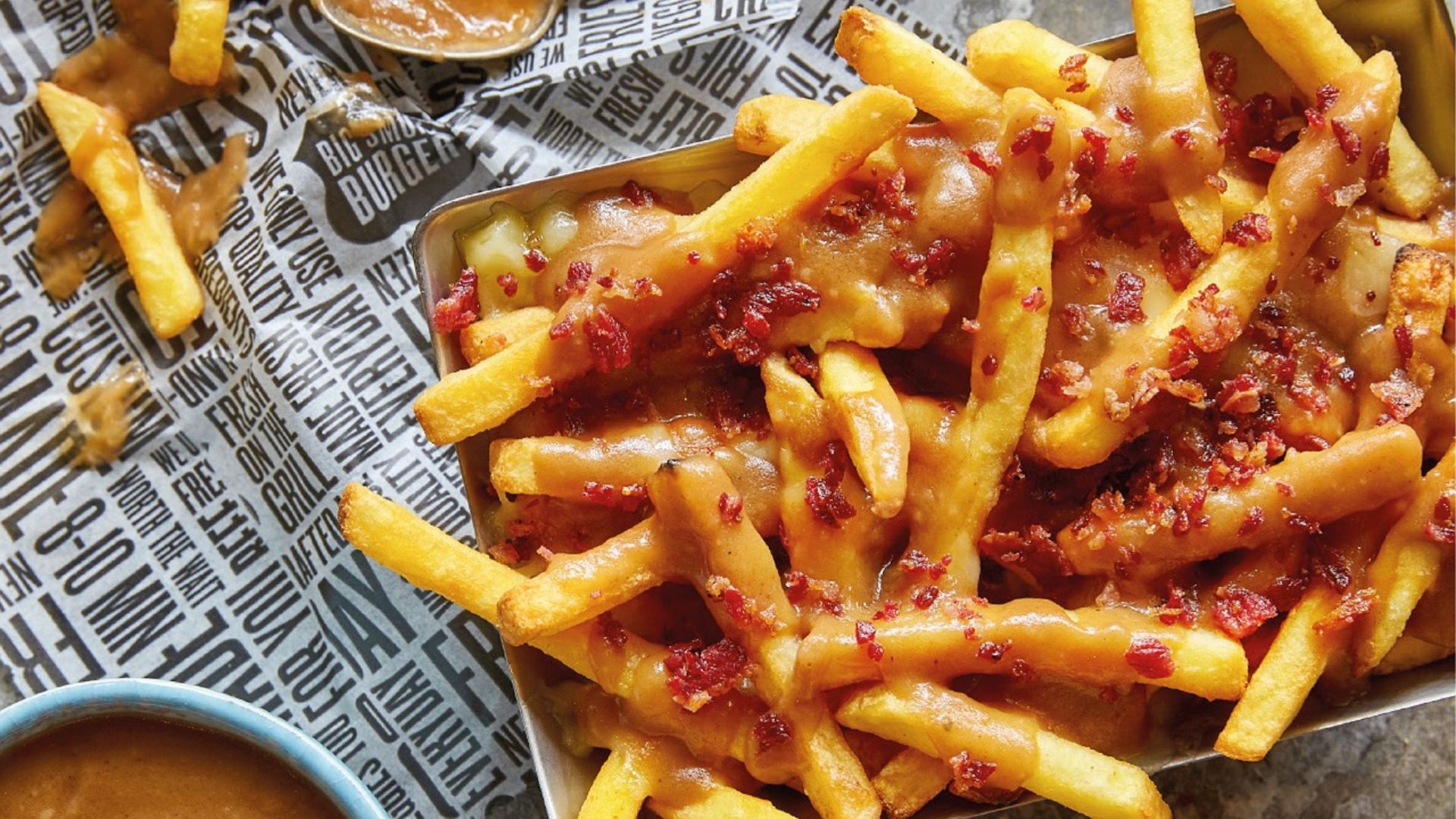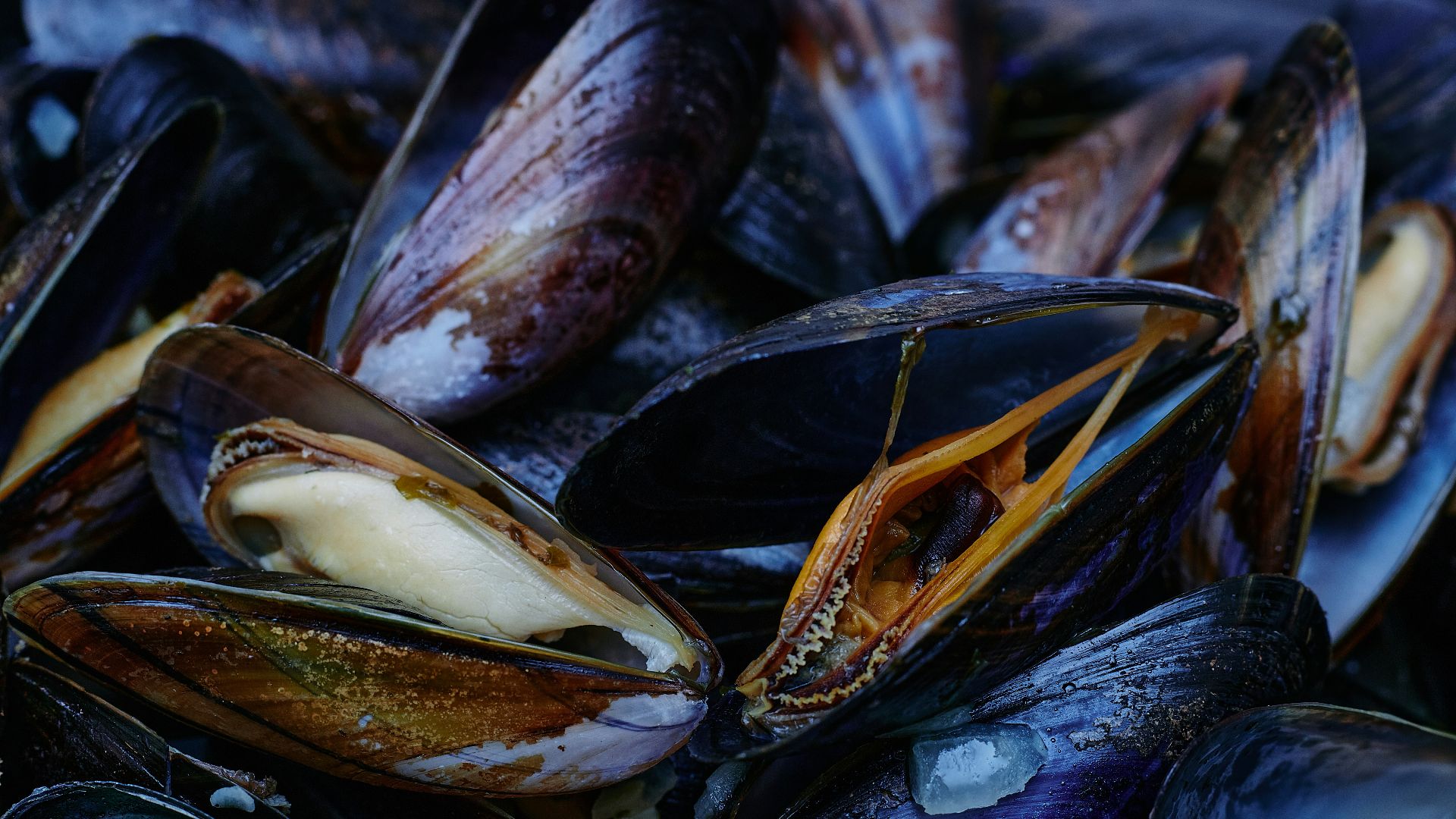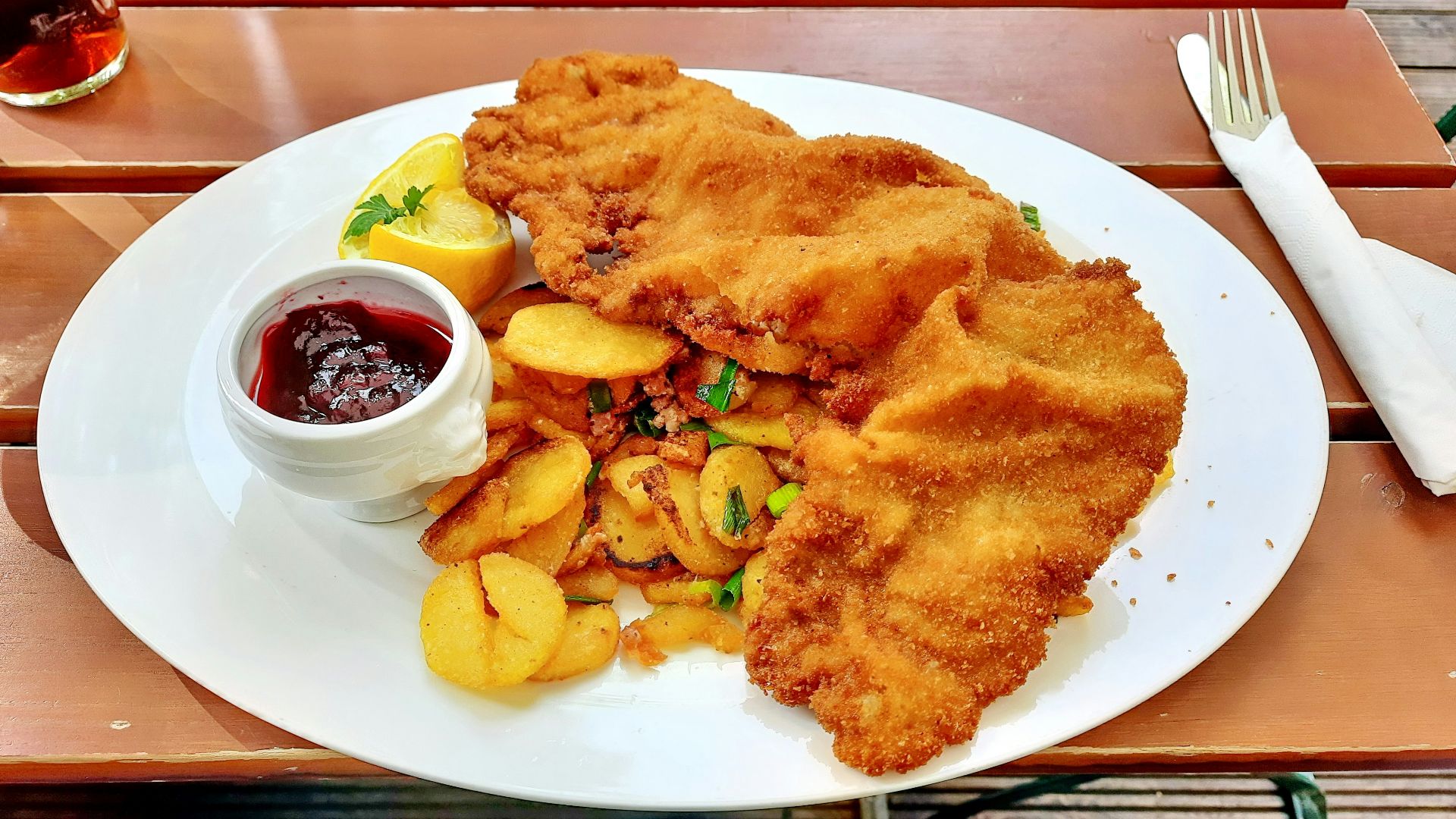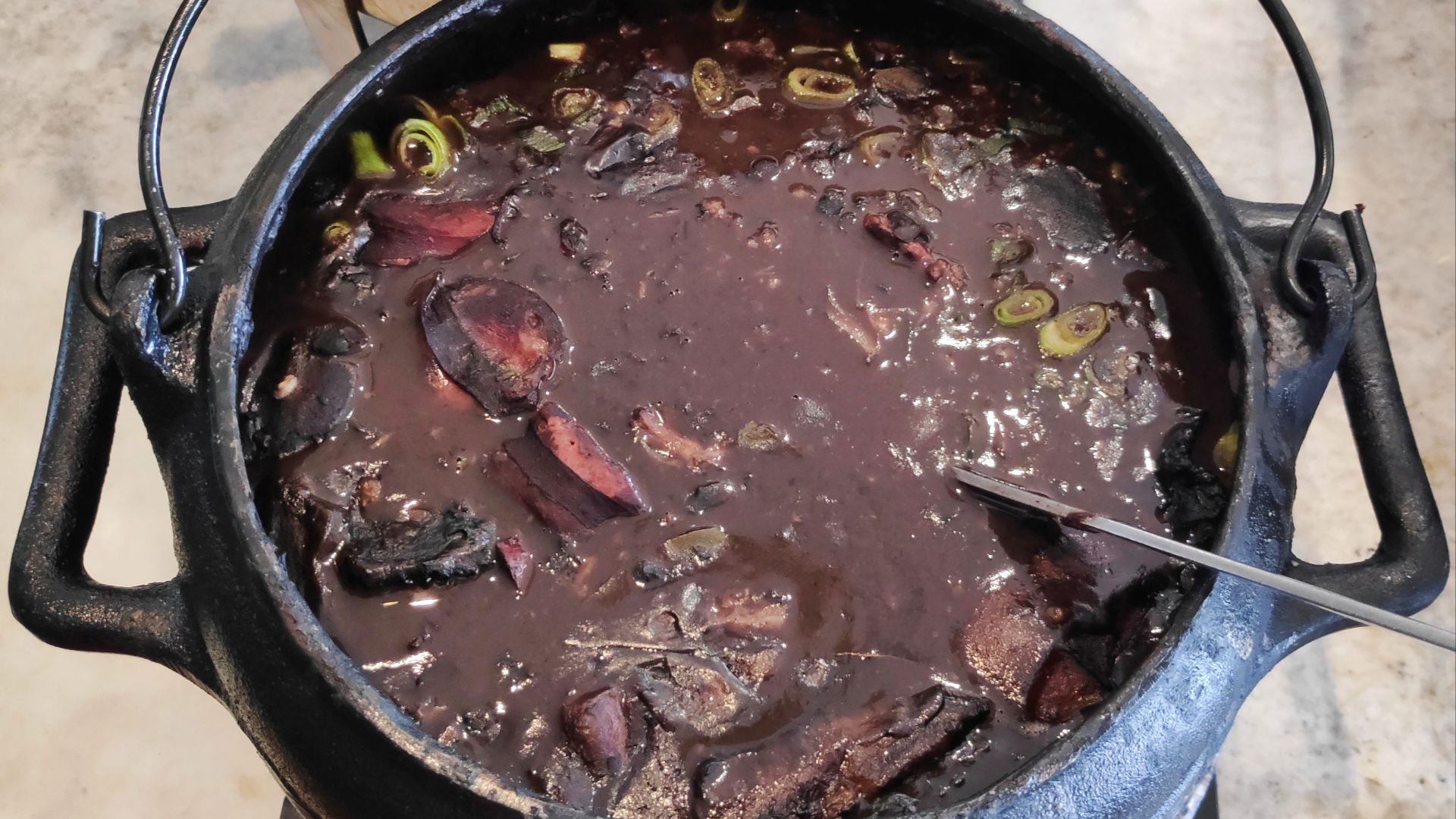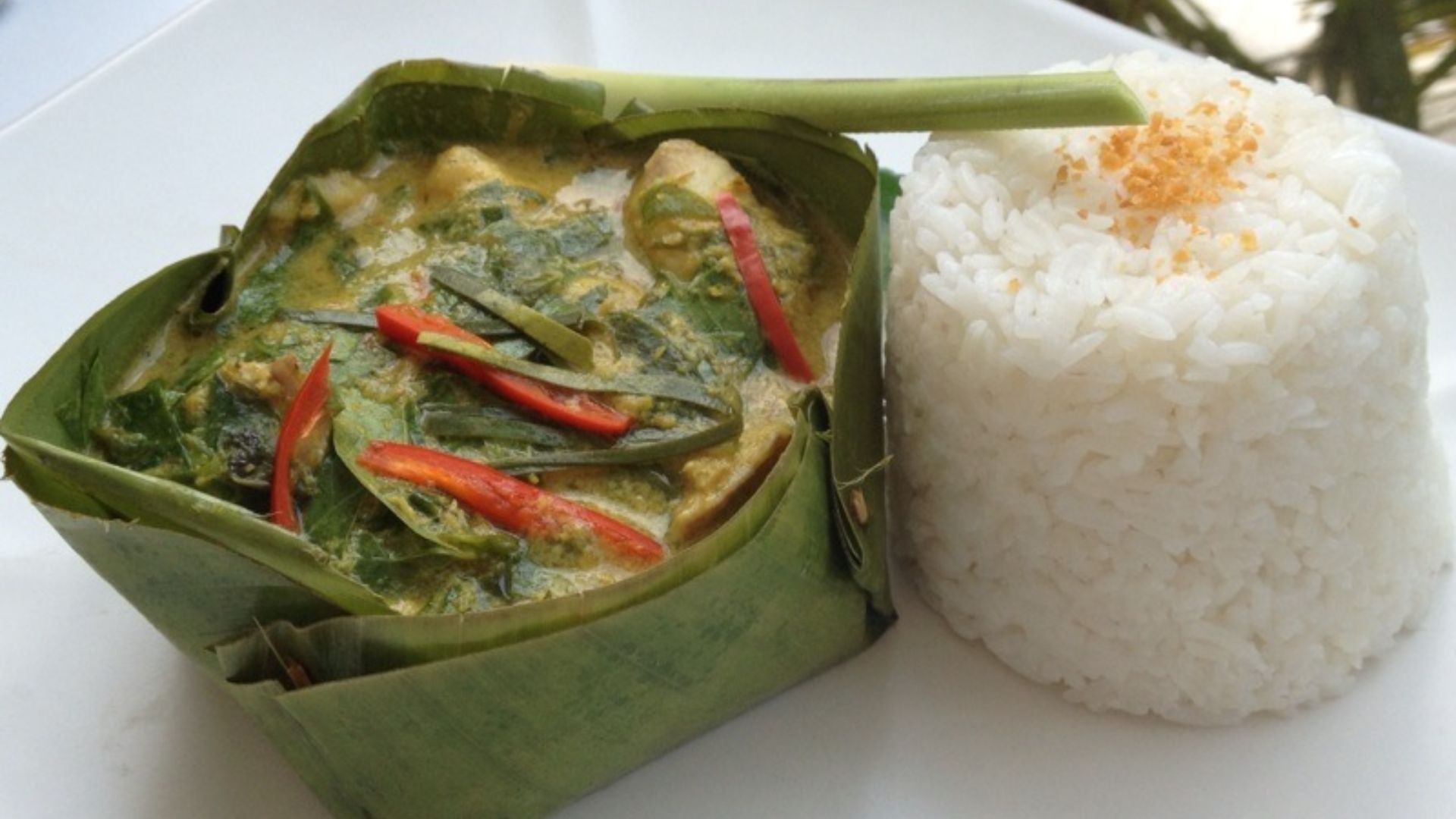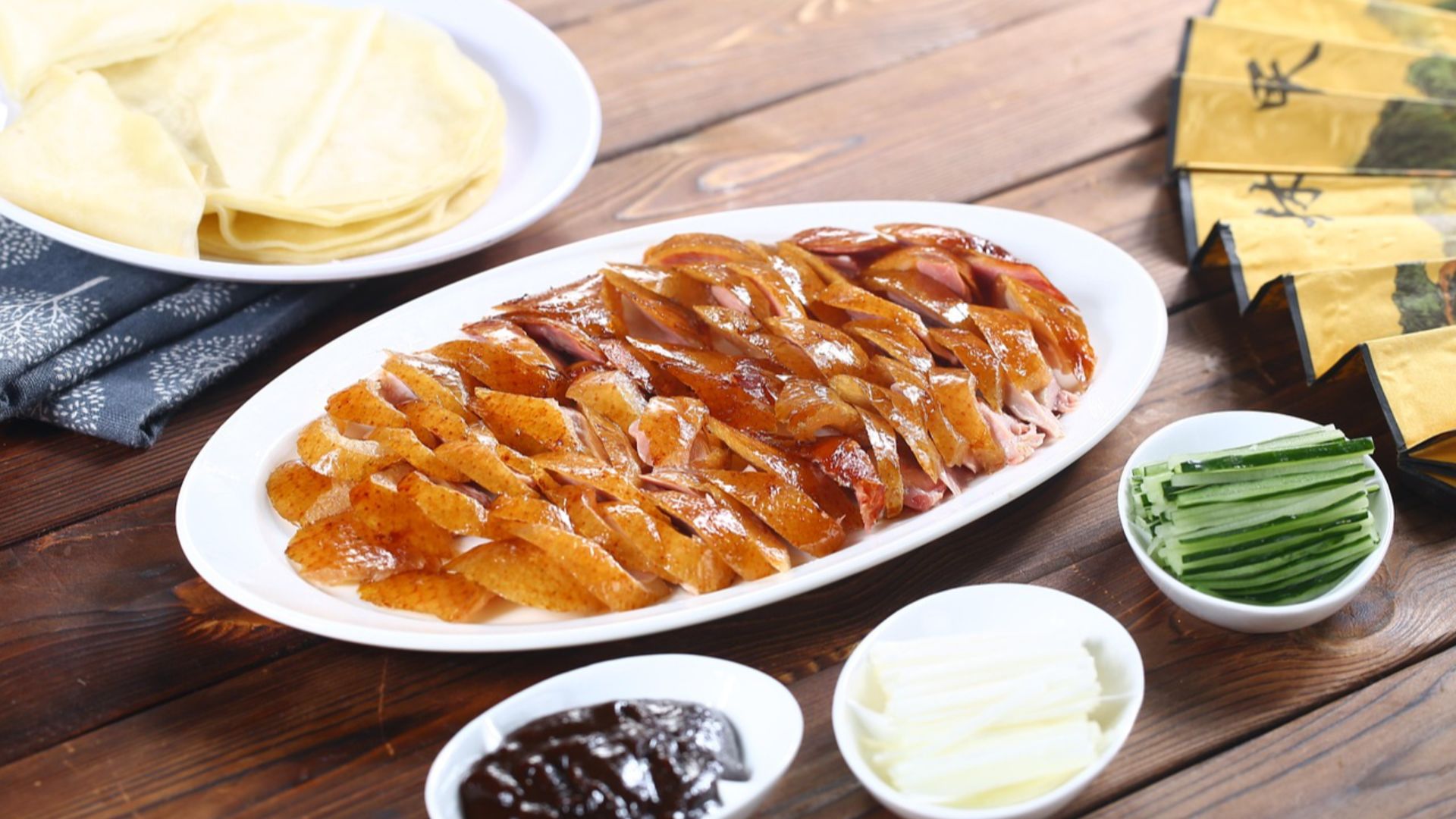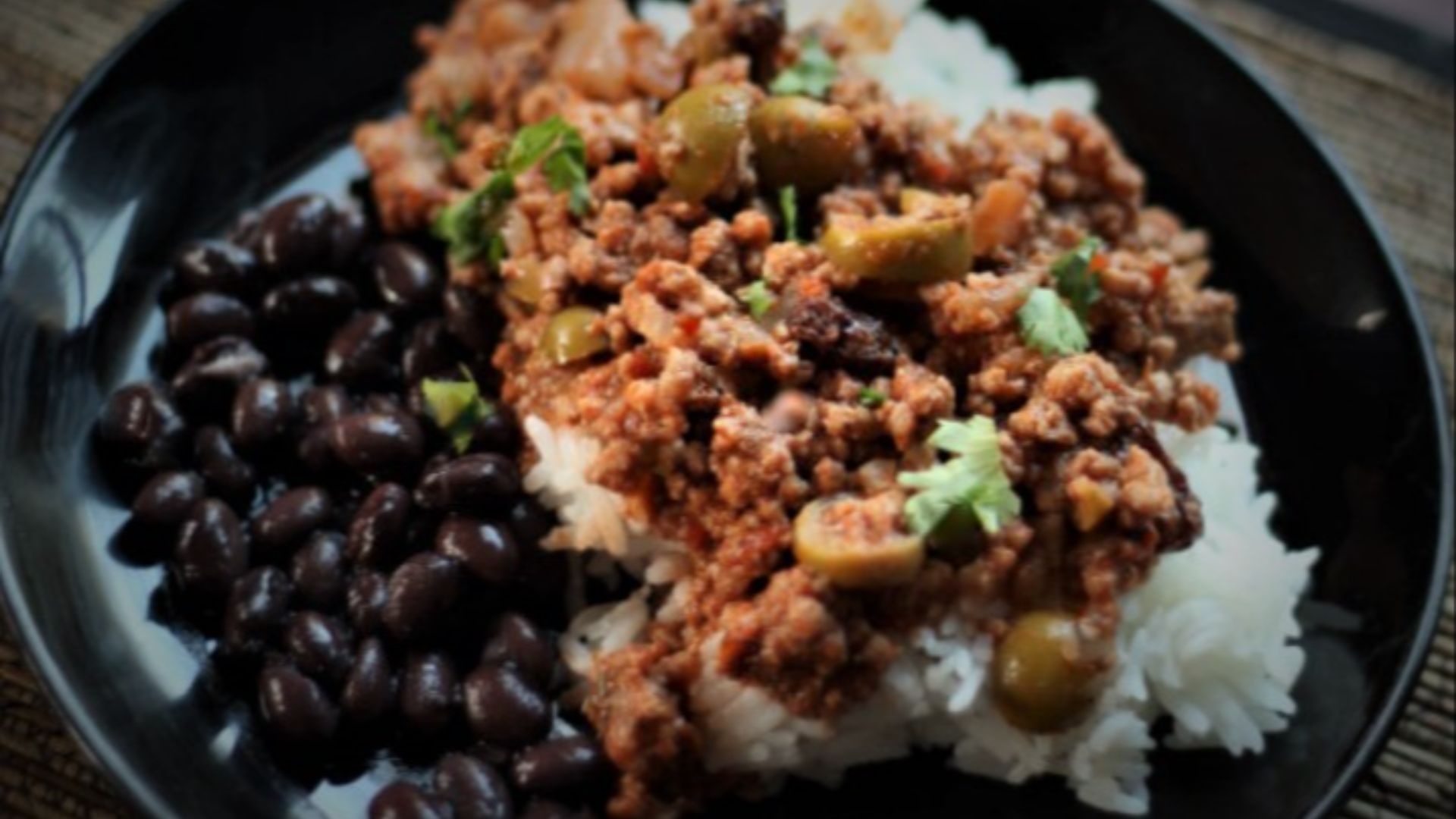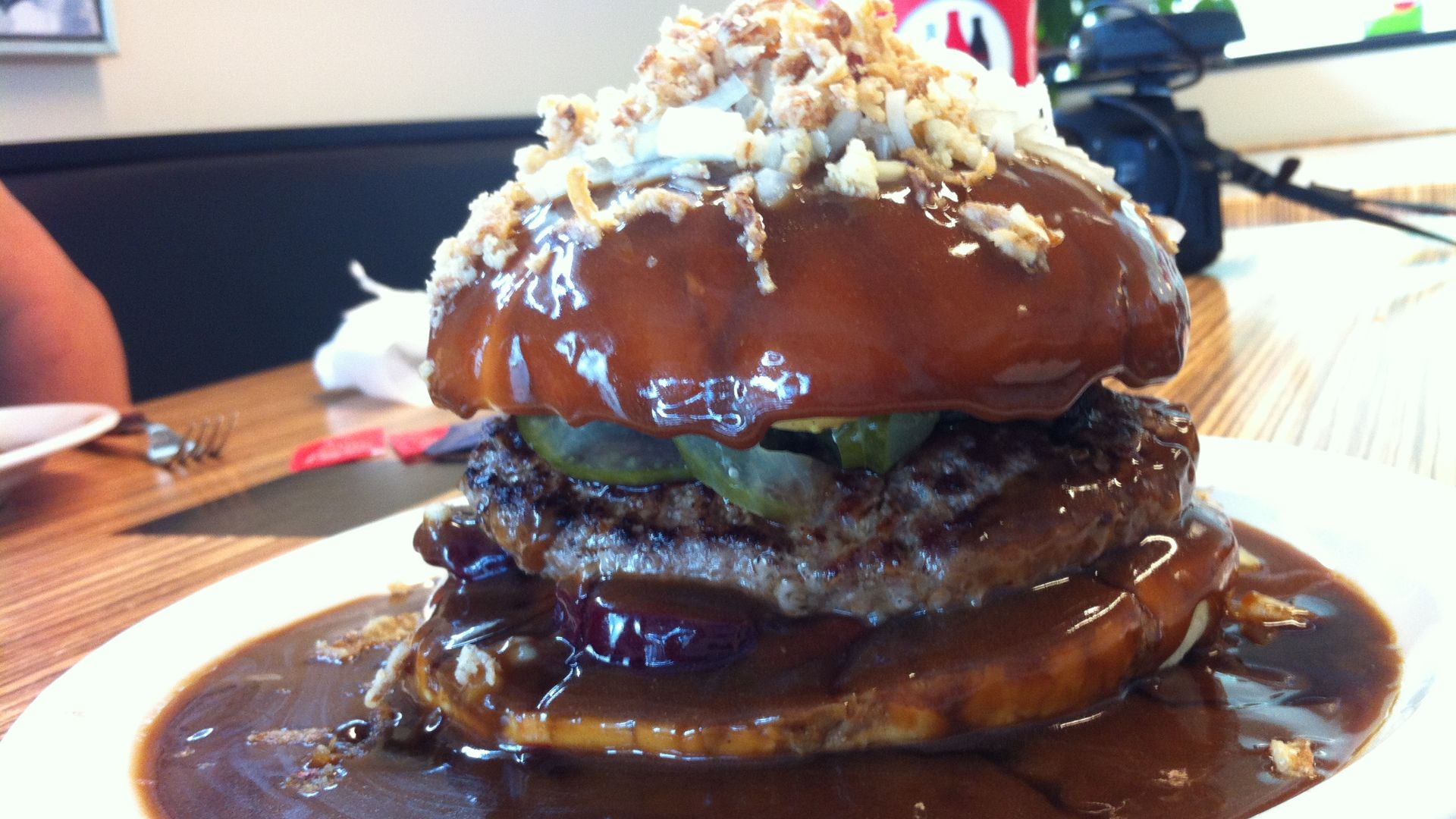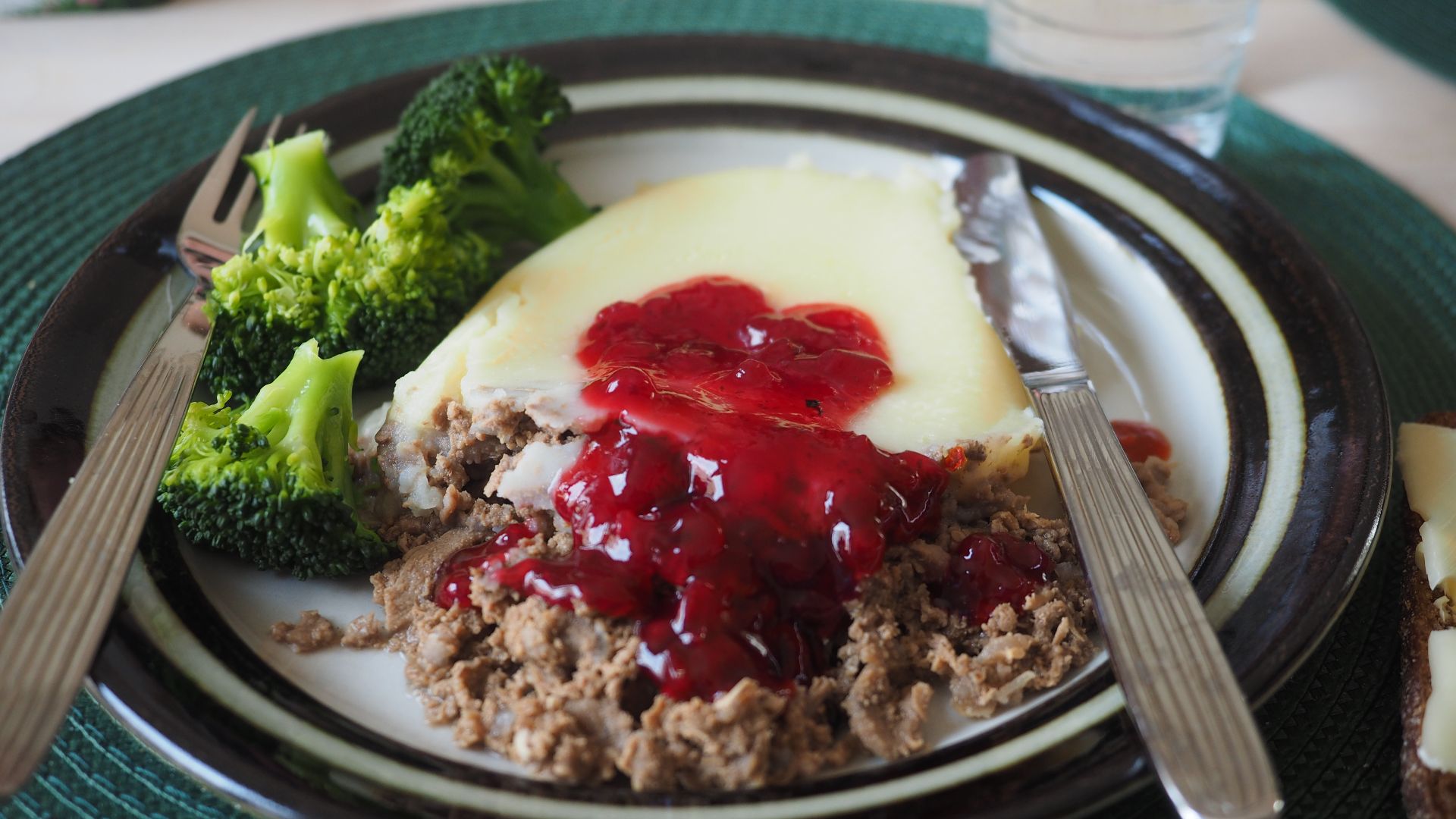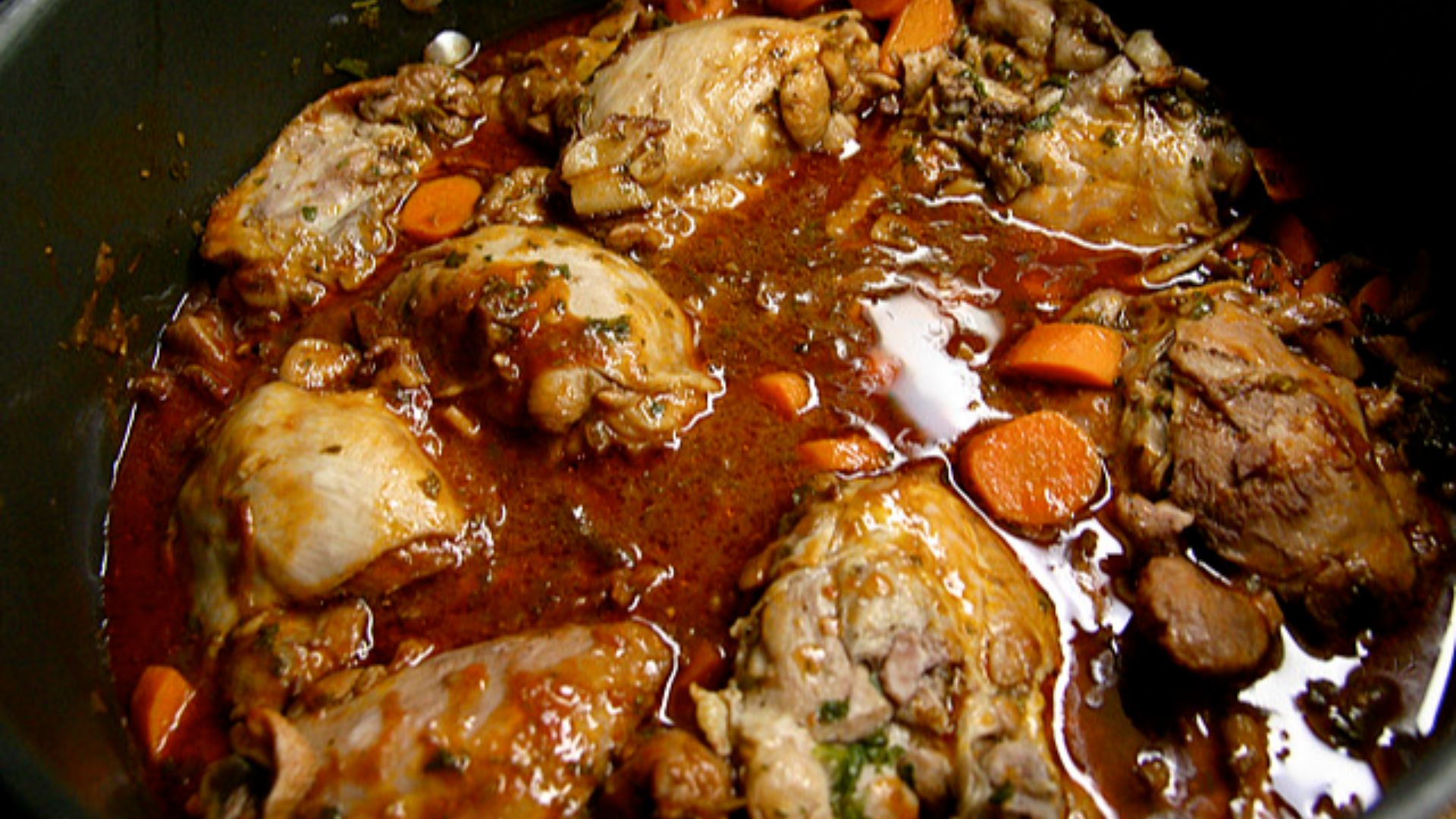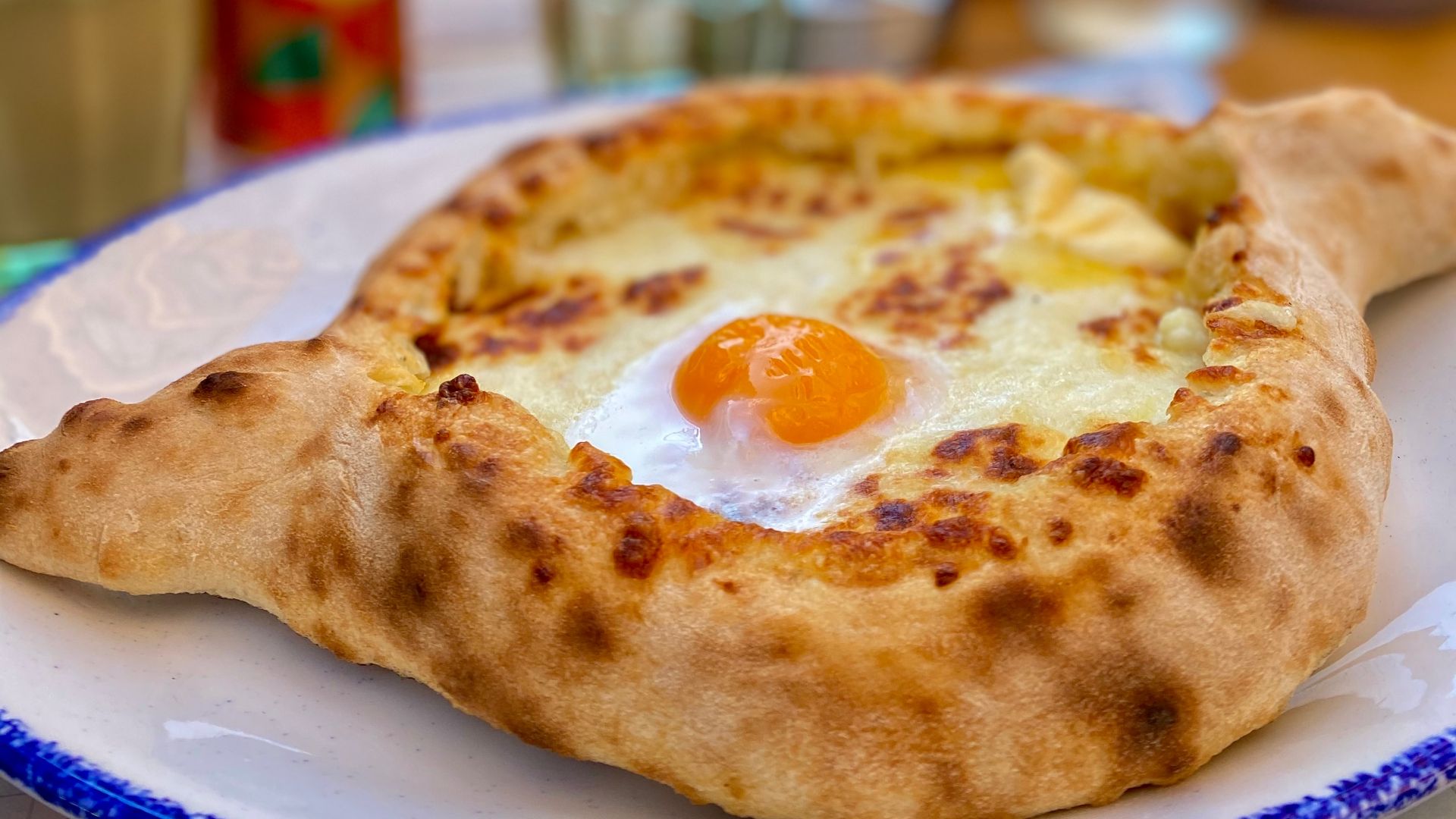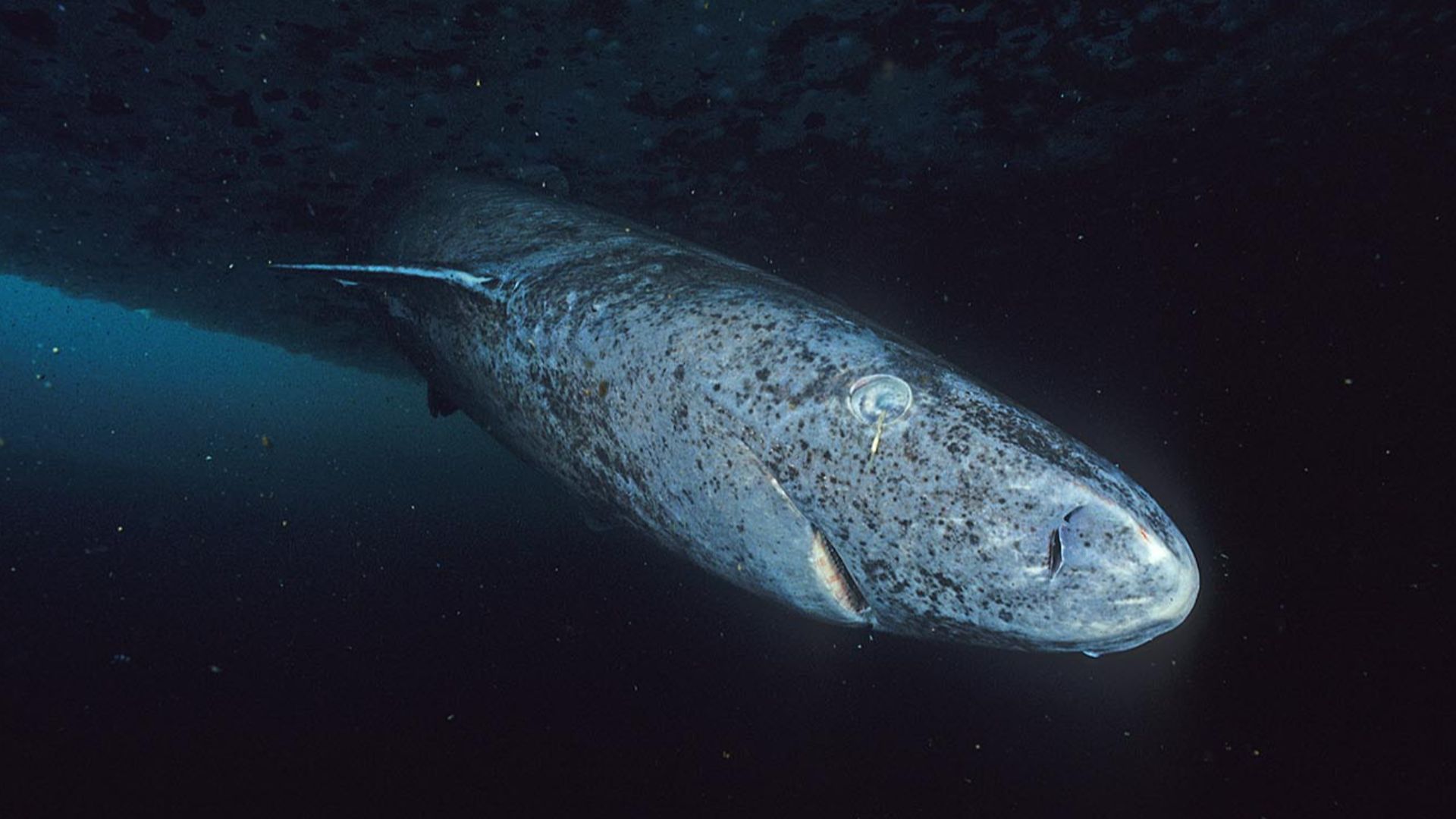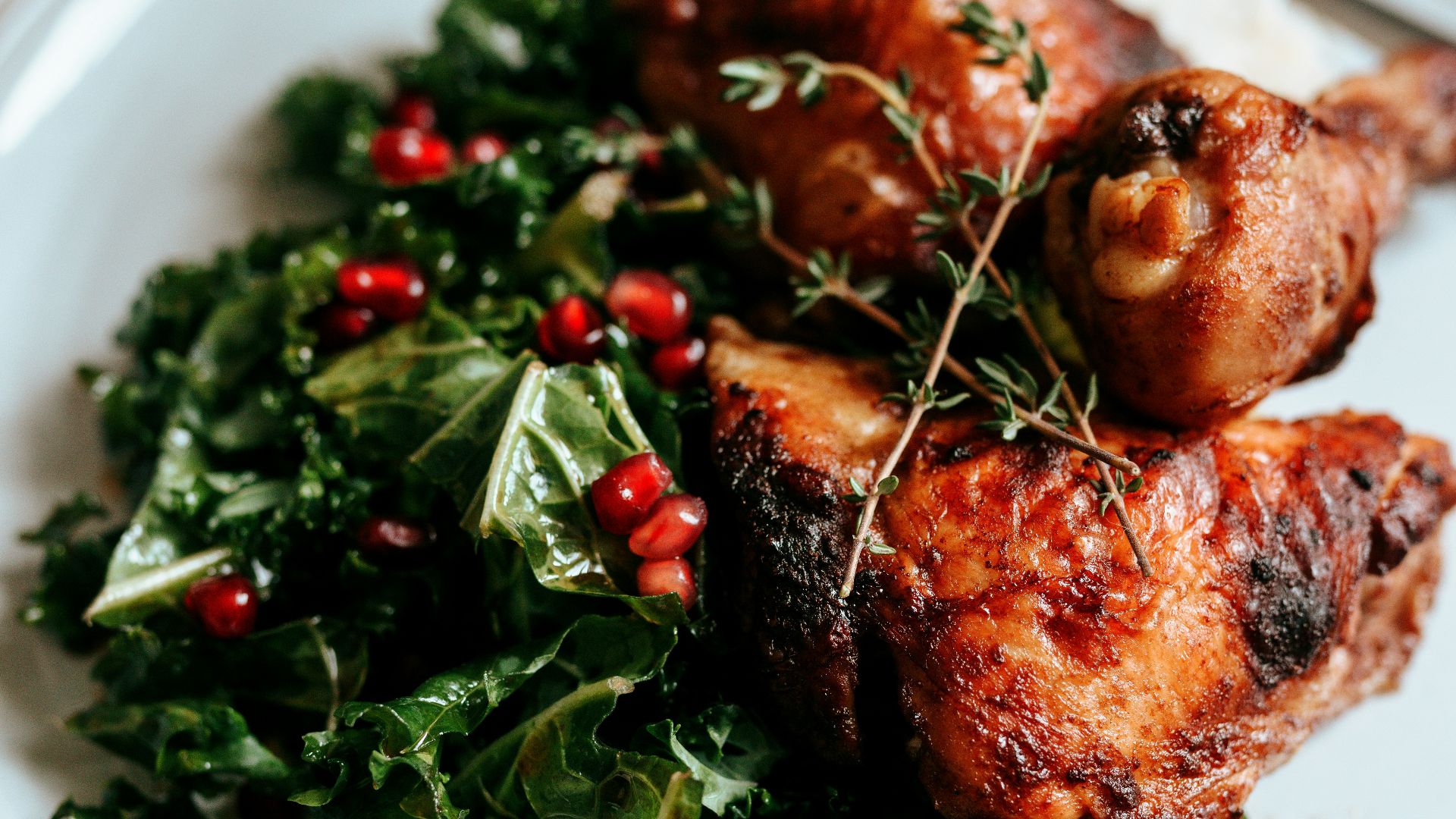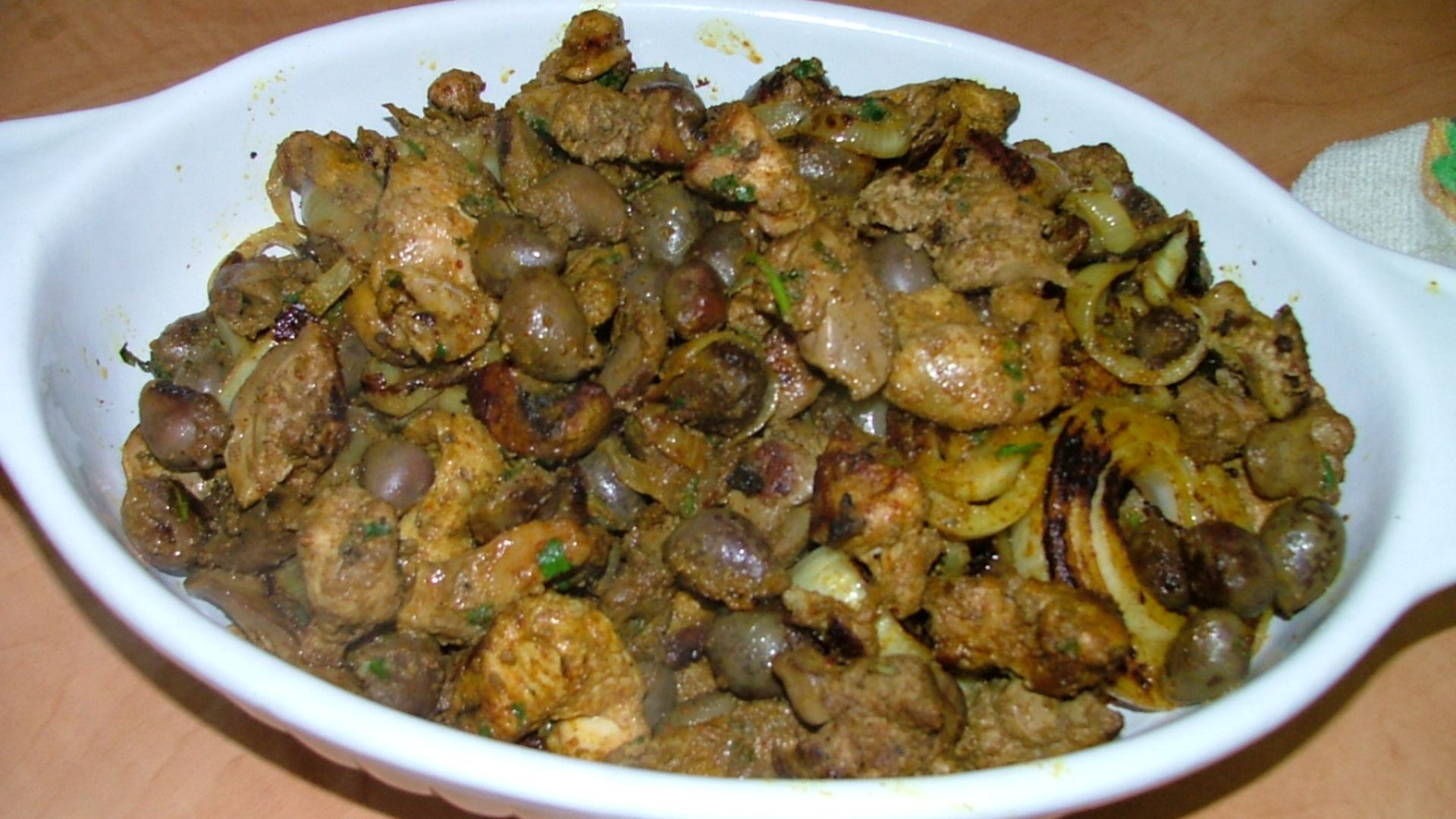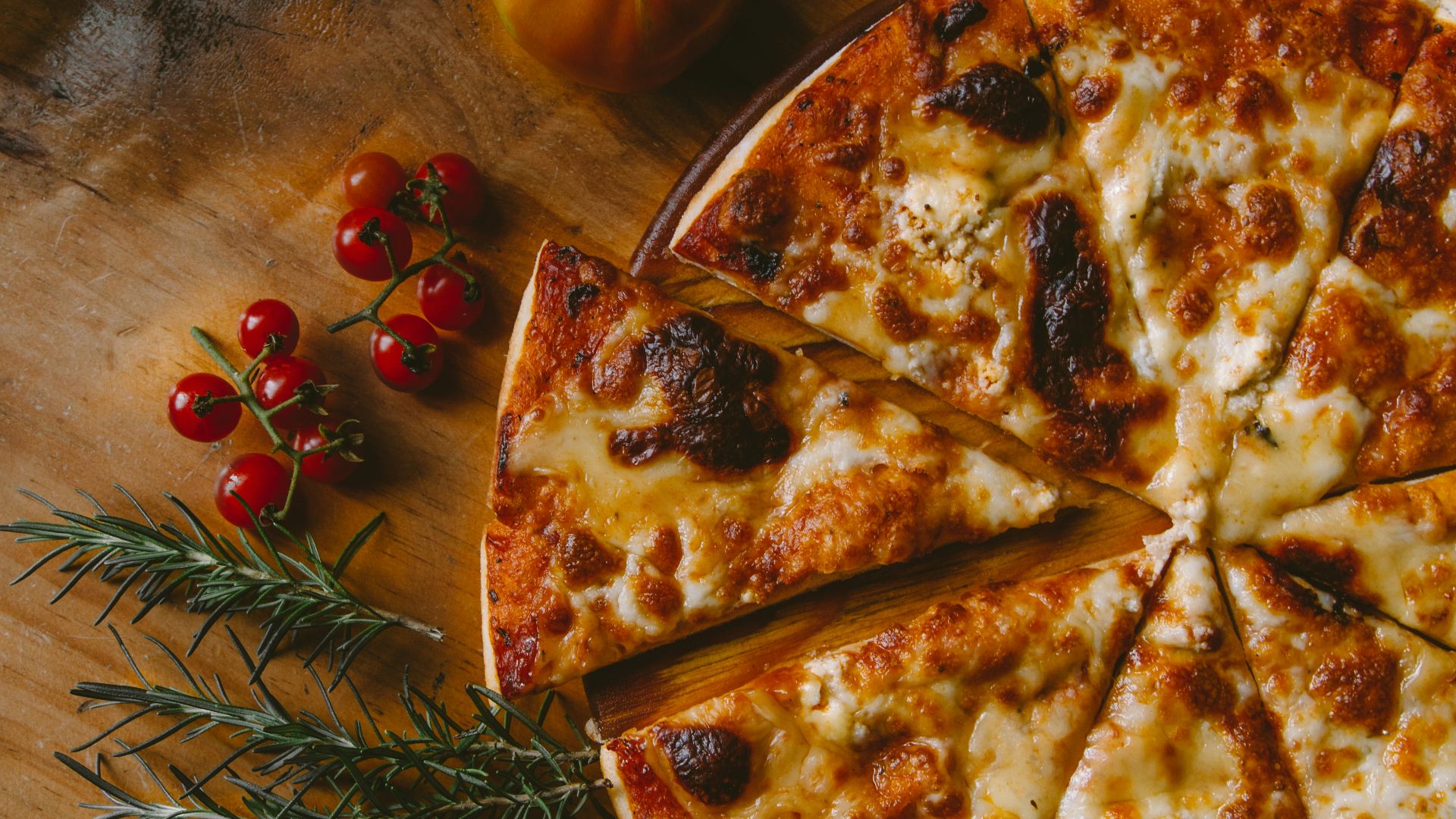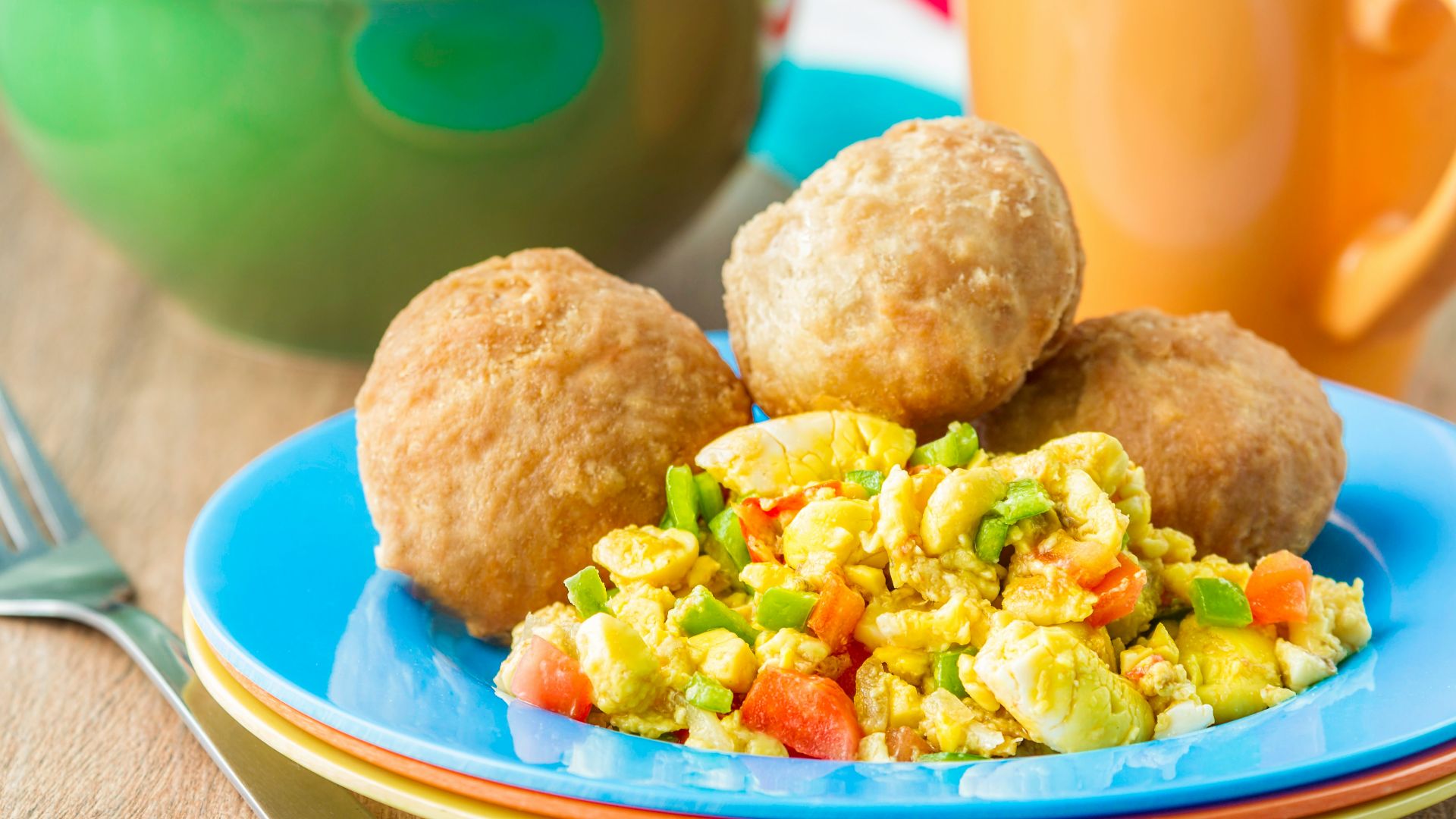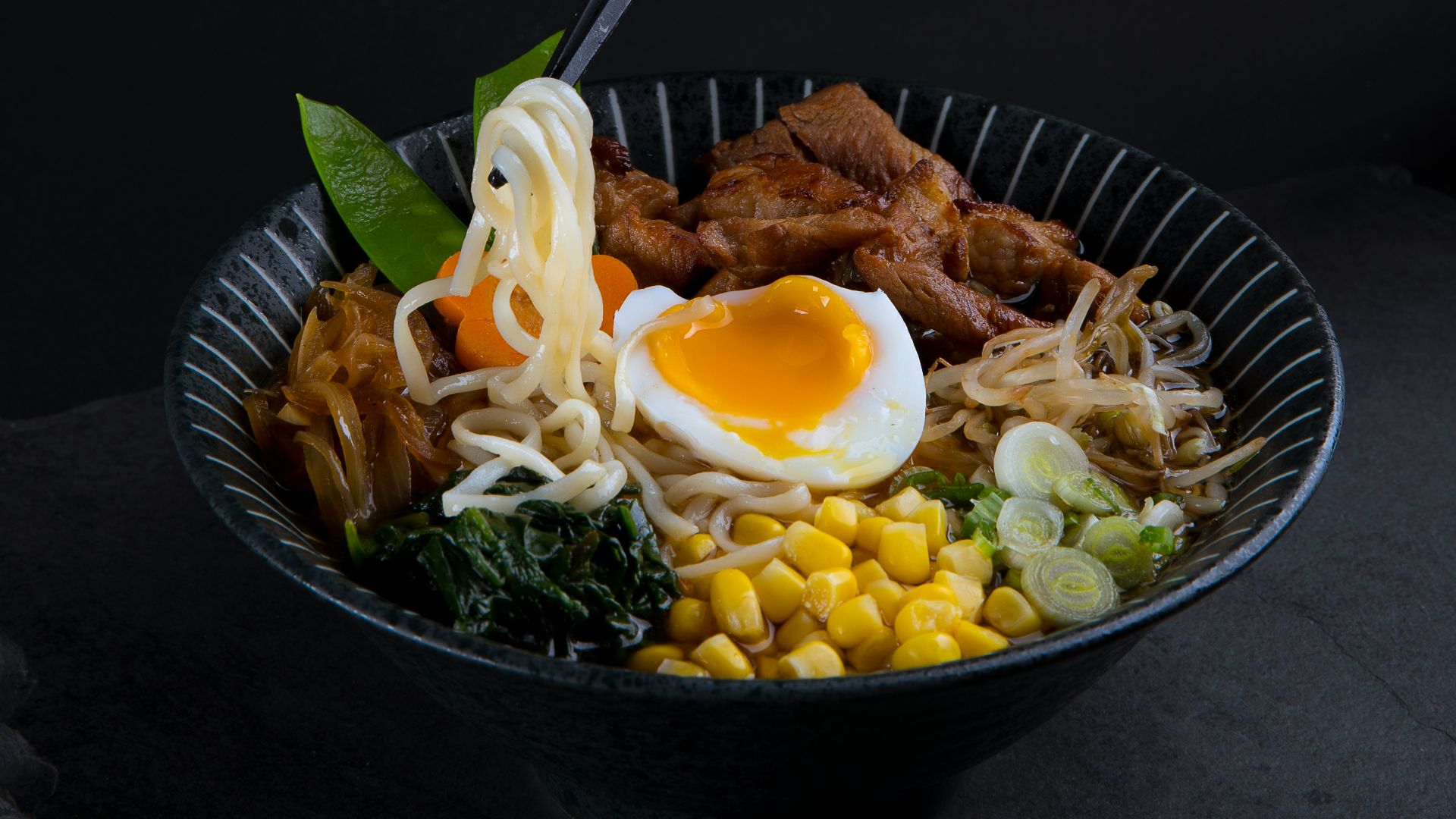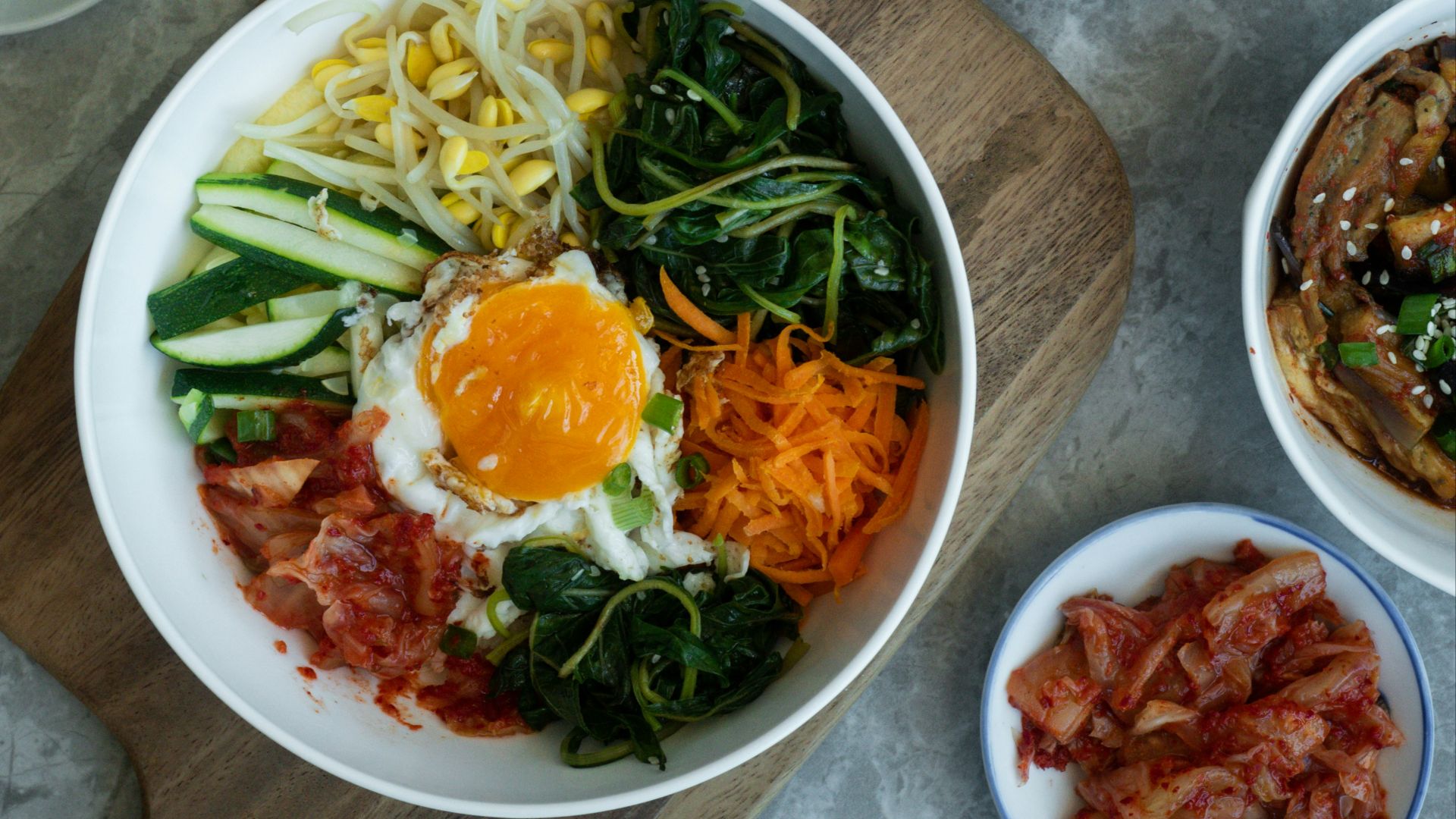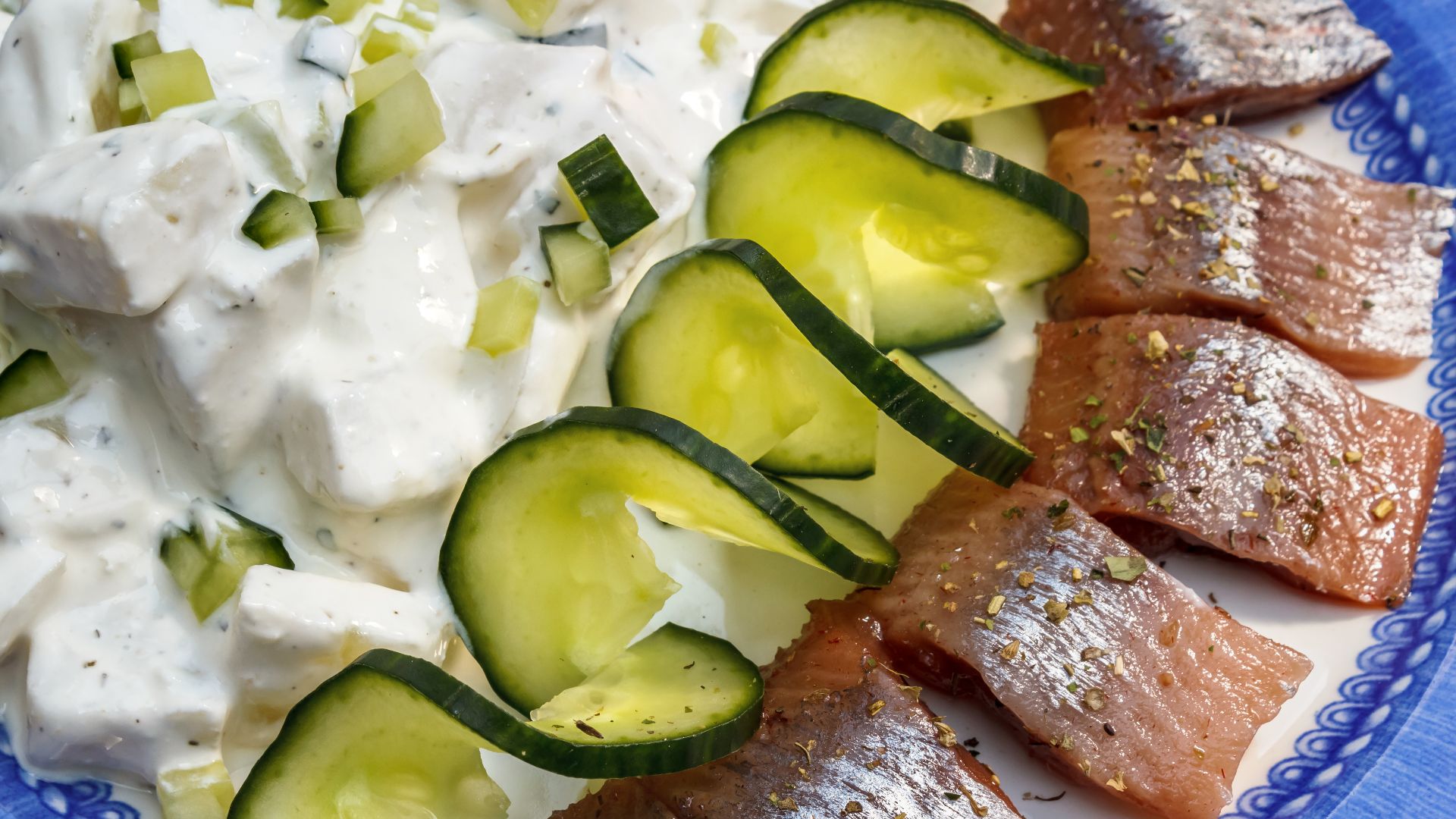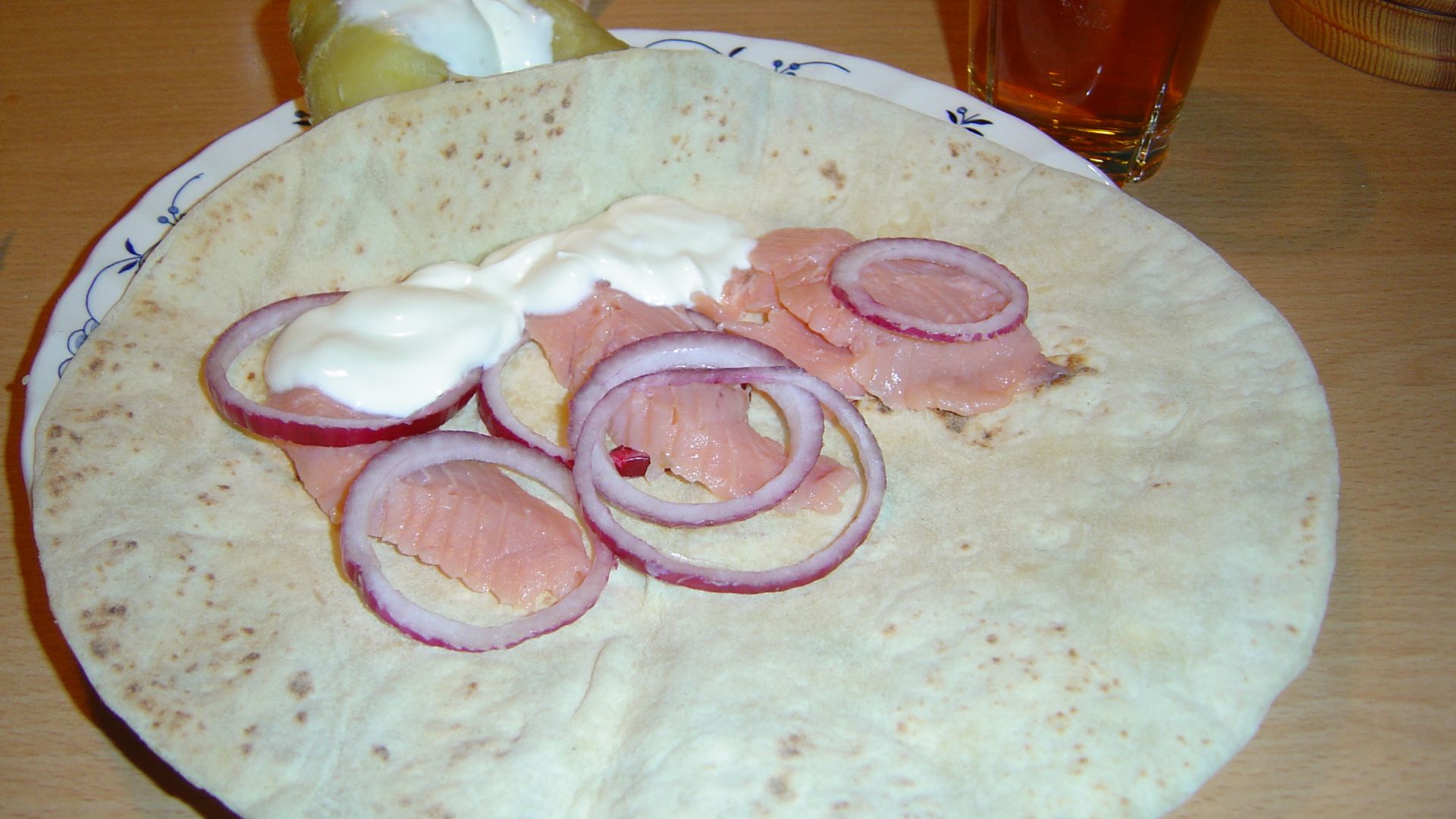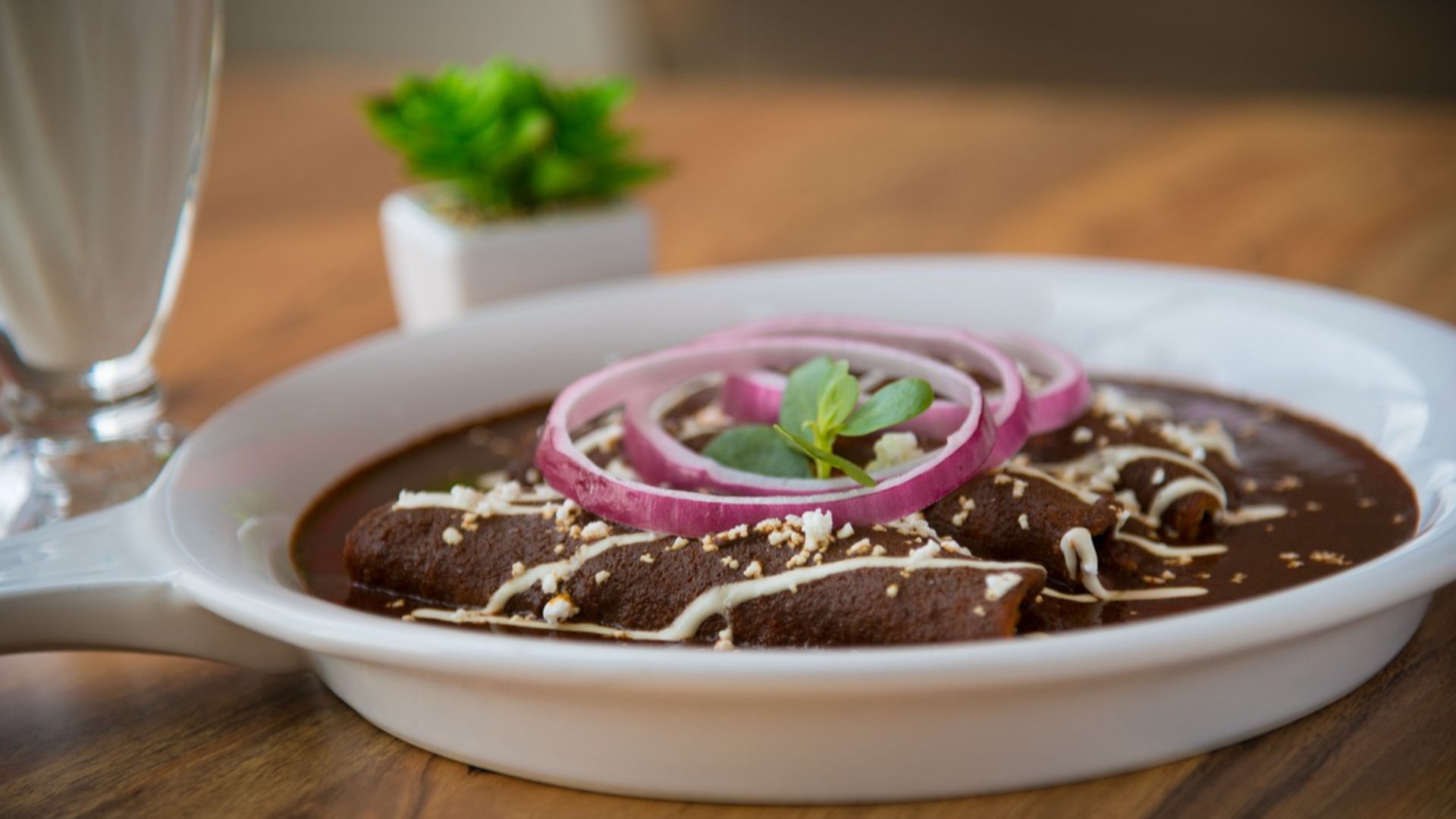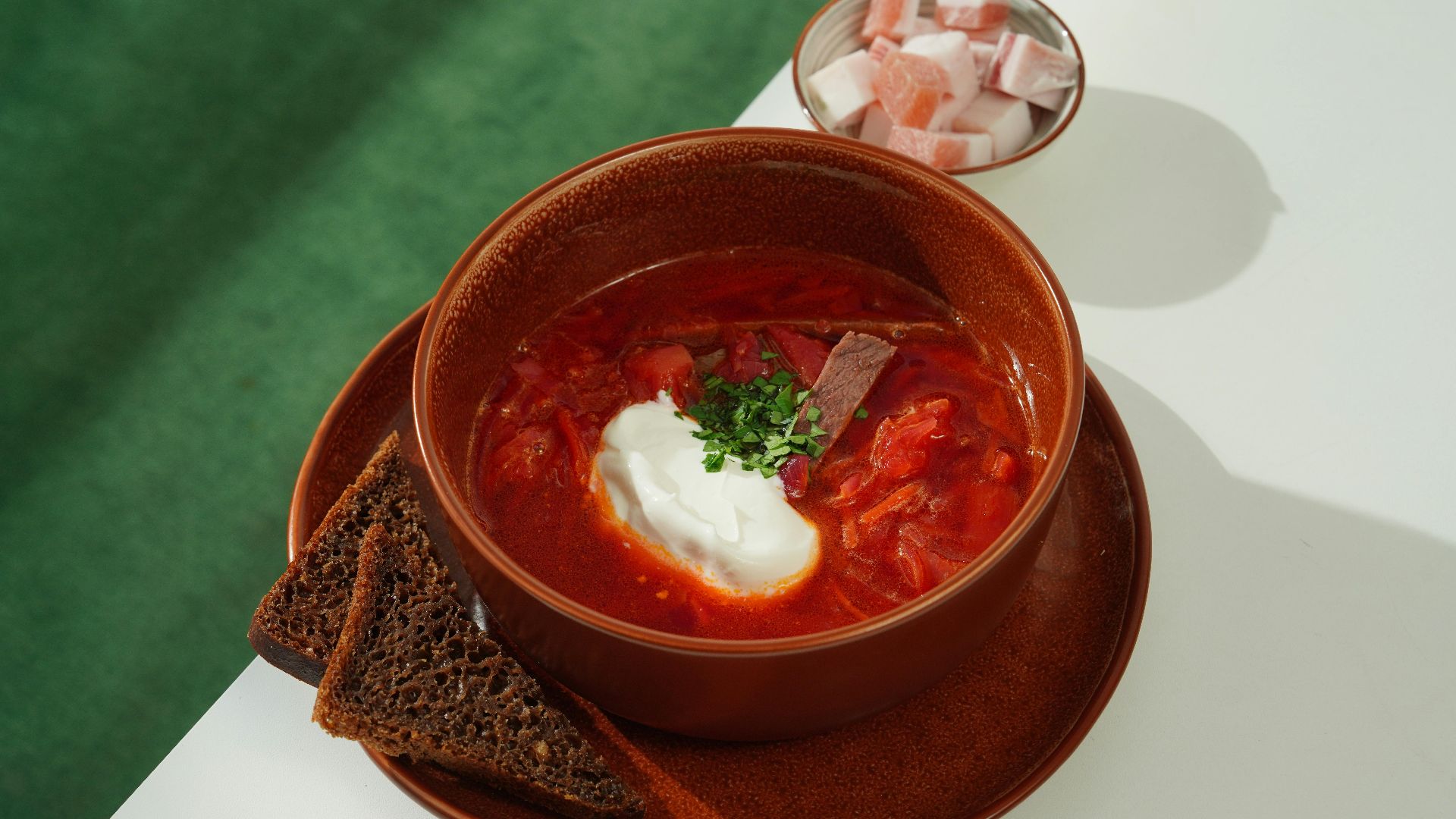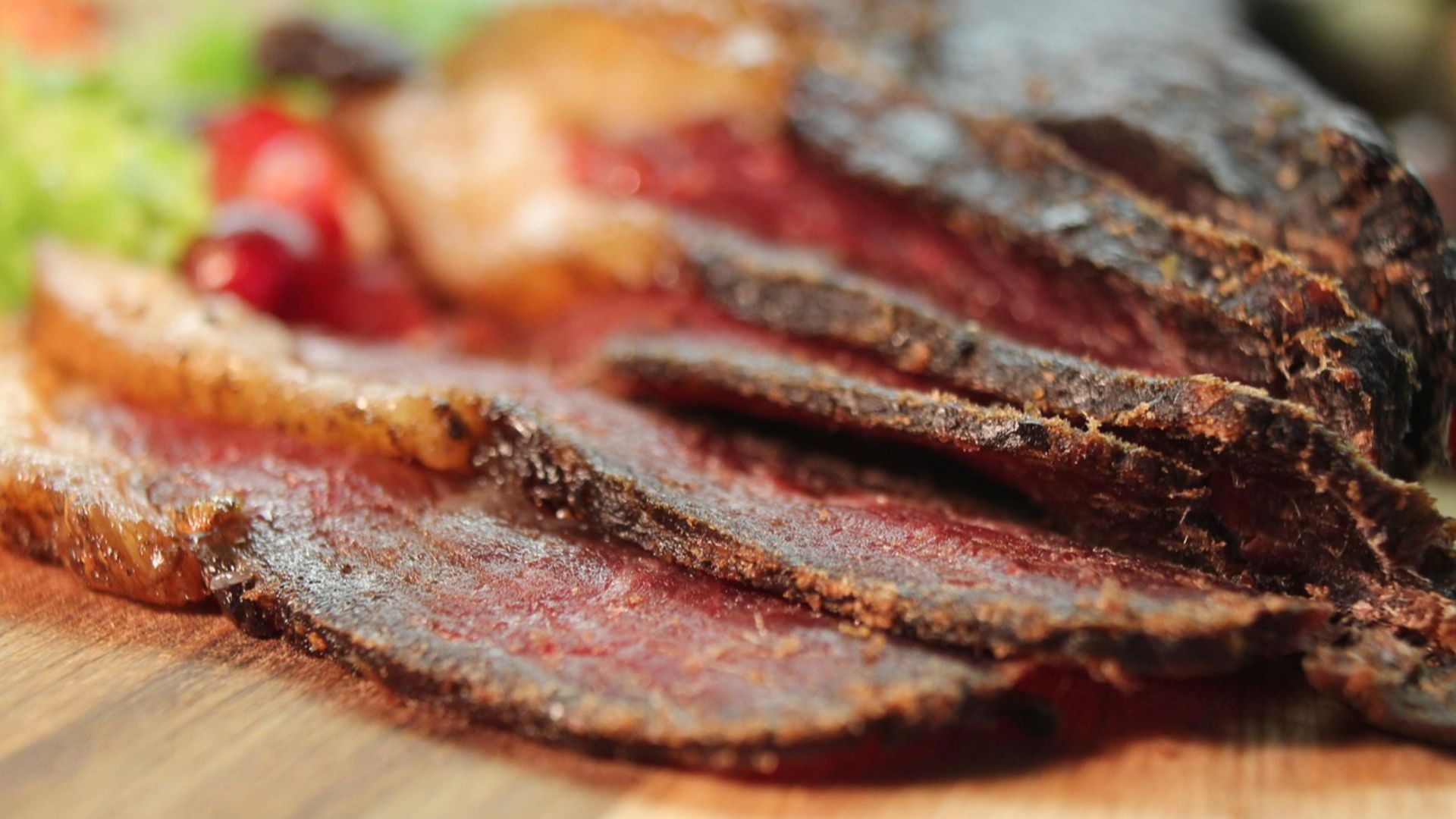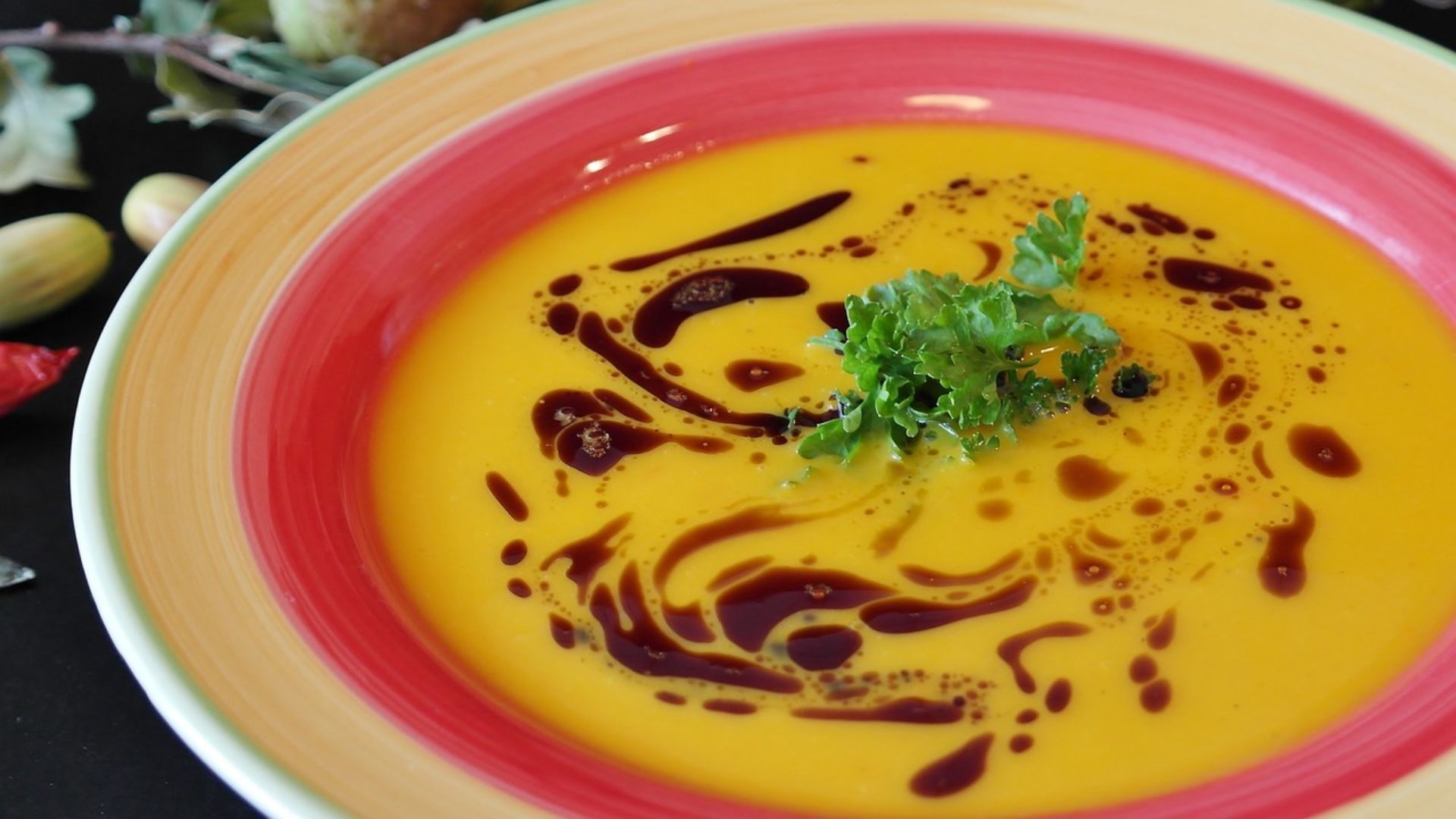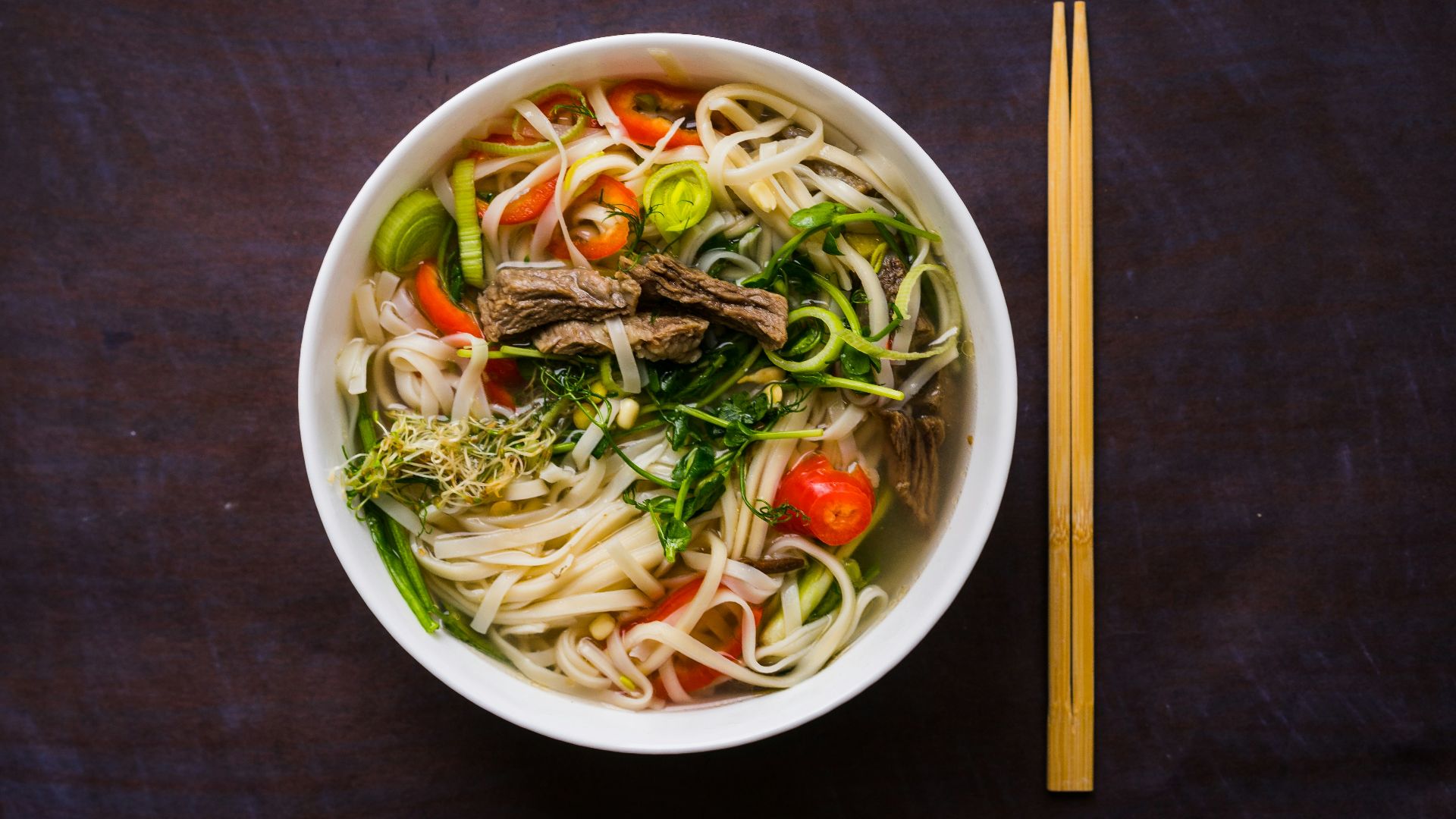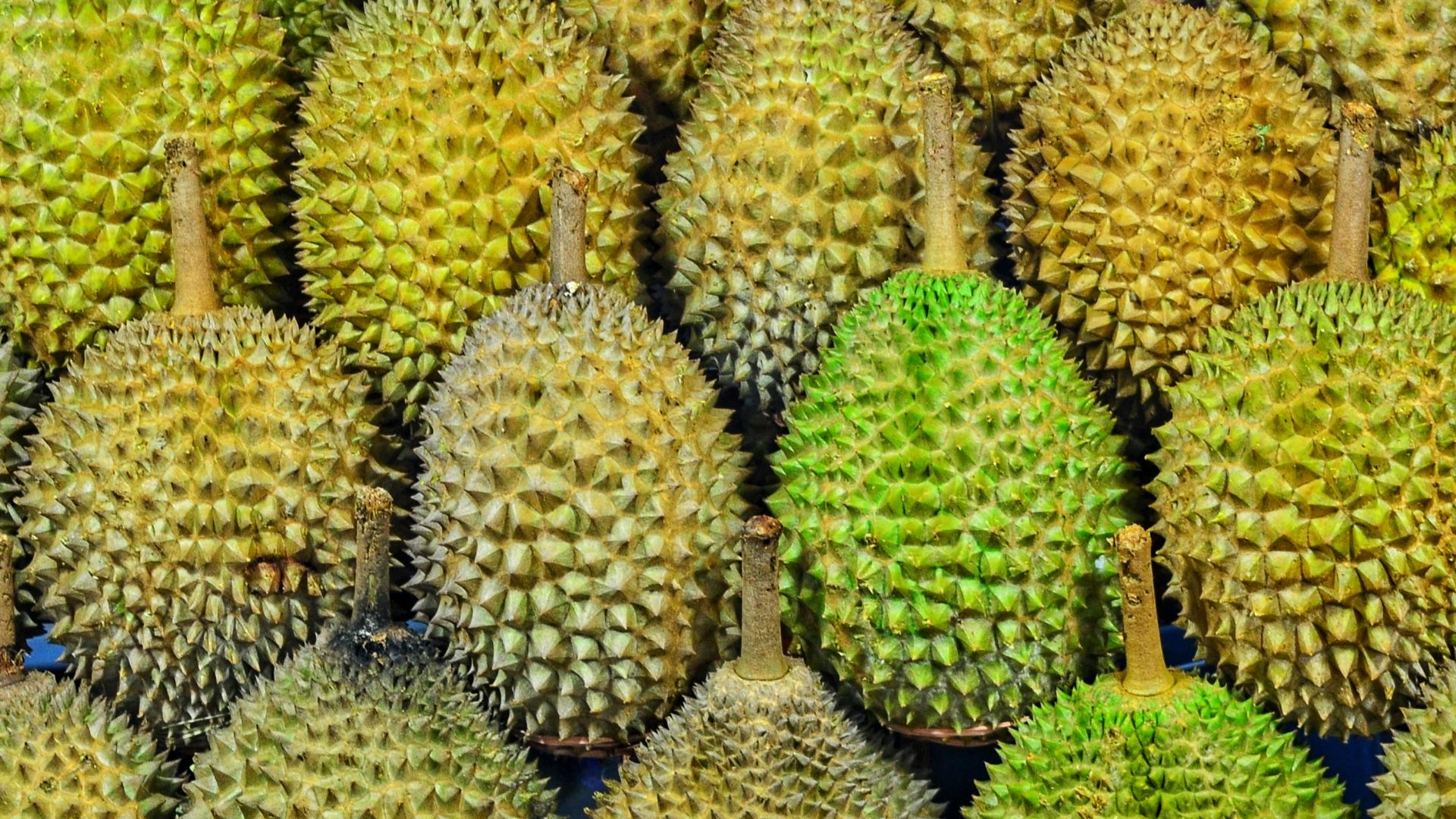Come Hungry, Leave Happy
Let's face it, food is half the reason we travel. You can get Italian food in almost every major city in the world, but nothing compares to finding a ma and pa joint in a small Tuscan hill town and eating the afternoon away. Most countries have a national dish, whether official or unofficial, and many signature meals vary depending on the region, the season, and personal preference. With that in mind, here are some unforgettable meals from popular countries every traveler must try.
50. Croatia
Zagorski štrukli is one of Croatia's national dishes. It's a stuffed pastry made with cottage cheese, eggs, sour cream and salt. What do you stuff it with? That's your business.
49. Dominica
Mountain chicken isn't chicken at all. It's leptodactylus fallax, a species of frog native to the Caribbean. Tragically, these frogs are now seriously endangered due to human consumption. Therefore, we would advise you not to try "mountain chicken" if you visit Dominica.
48. Cyprus
Souvla is kind of like souvlaki, but it's a little different. Like souvlaki, Cyprus' most popular dish is skewered meat. Like souvlaki, it's roasted, typically over charcoal. However, the meat hunks are larger, and they're spit-roasted for longer. The result is a succulent delight. Assuming you're not a vegetarian.
47. Ethiopia
Injera is a special doughy flatbread essential to Ethiopian cuisine. Its sponginess is the result of the teff grass that's used to make the flour. It's common to use injera like a plate, and to pile it with delicious stews and pastes. There's nothing we like more than edible cookwear!
46. Guatemala
Fiambre is a traditional salad prepared to celebrate the Day of the Dead. This isn't your grandma's salad. Basically anything you want can go in there. Sausages, pickled corn, cheese, olives, chicken, eggs, cold cuts, beets... It's all fair game. So go ahead, get inventive. Make yourself some fiambre.
45. Estonia
Despite sounding a bit questionable, blood sausages are common in the cuisine of many countries. The blood in the sausages gives them a thick, dark quality when cooked. Sounds a little gross, but tastes delicious.
44. Iraq
When you think 'Iraq', you probably don't think 'seafood.' But in fact Iraq's national dish is grilled carp. The carp is beat into a solid mass, marinaded, and grilled. It takes 1-3 hours to prepare.
43. Liechtenstein
Liechtenstein is a tiny nation between Switzerland and Austria. Its national dish is a cheese pasta meal called käsknöpfle. The pasta is topped not only with cheese, but also caramelized onions.
42. Luxembourg
Judd mat Gaardebounen is the national dish of Luxembourg. It's basically pork collar and beans. The pork is soaked in water overnight. Then it's smoked, boiled, and simmered with leeks and other herbs to give it flavor.
41. Lithuania
The name is a reference to the word 'zeppelin', and is meant to describe their shape. Cepelinai are potato dumplings, often stuffed with mushrooms, cheese, or ground meat. They're commonly served with bacon and sour cream.
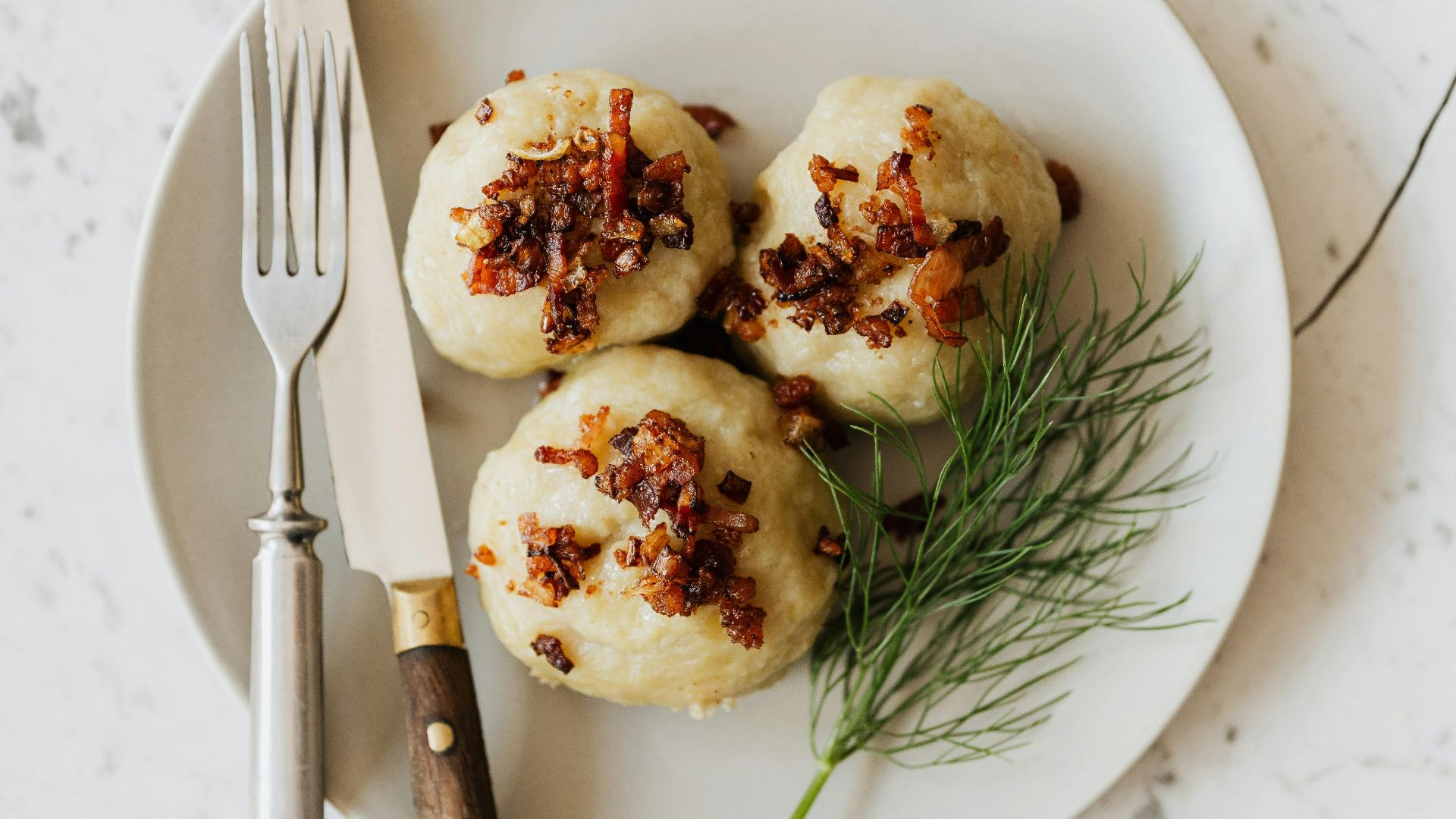 Photo By: Kaboompics.com on Pexels
Photo By: Kaboompics.com on Pexels
40. Nepal
Dal bhat is a staple dish in India and Nepal. It's basicall steamed rice served with lentil soup. However, you can mix in as many herbs and spices as you like. Rice isn't common in the high altitudes of Nepal, so sometimes millet or buckwheat is used instead.
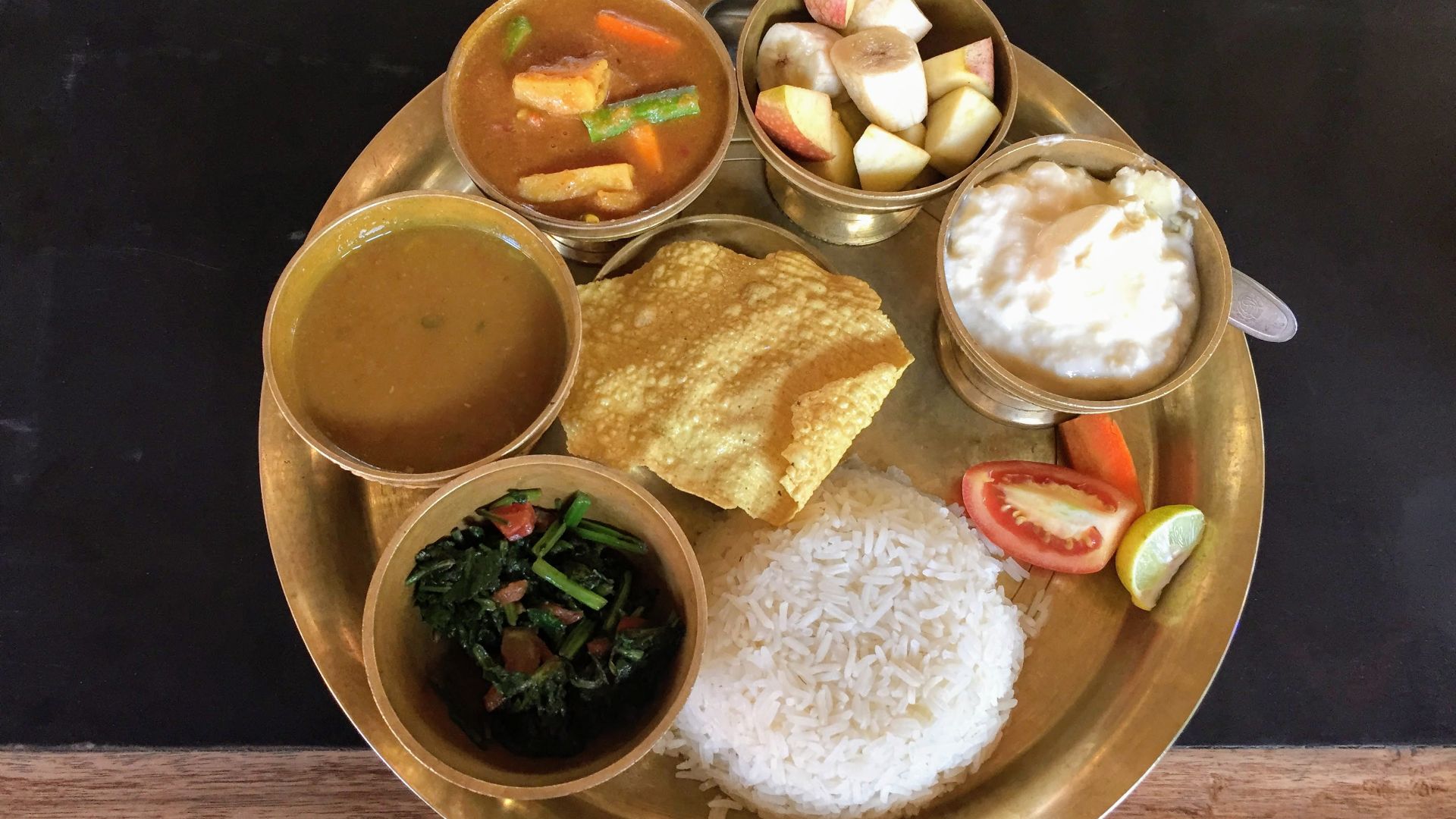 Subhashish Panigrahi on Wikimedia
Subhashish Panigrahi on Wikimedia
39. Malta
Malta is a small island nation in the Mediterranean. But don't sleep on its cuisine. The national dish is pastizzi, a stuffed pastry. The usual filling is ricotta, although sometimes mushy peas are used instead.
38. Poland
Bigos is more commonly known as hunter's stew. It's basically a stew made of sauerkraut, cabbage, and bits of meat all boiled up together. Although it originated in Poland, it has become popular around the Baltics and Ukraine.
37. Romania
Here's one that's nice and simple. Mici is basically meat packed down and rolled into cylinders, then barbecued. It's kind of like a sausage without a casing. The meat is often spiced and seasoned. Mici is often made from different meats all mashed together -- lamb, beef, and pork.
36. Singapore
Chilli crab isn't a specific type of crab, but rather a specific preparation. The crab is seasoned with a tomato and chilli sauce and then stir fried. Don't be scared to try it; it's not the spiciest dish out there by any means.
35. Canada
Poutine is the signature delicacy of the province of Quebec. For a long time, outsiders treated it derisively, but its popularity has exploded in recent years to the point that it is now virtually the national dish of Canada. Poutine consists of French fries with gravy and cheese curds. If that sounds gross, you're objectively wrong. It's sensational, and also very versatile; you can add as many extra ingredients as you want to give it a little extra kick.
34. Belgium
French fries definitely haven't made their last appearance on this list! "Moules-frites" means mussels and fries, a specialty in Belgium. The mussels can be prepared any number of ways, but the most popular variation is marinière -- white wine, butter, shallots, parsley and heat. Although we call them french fries, the Belgians claim to have invented them. Make sure you eat them with mayonnaise rather than Ketchup so you don't stand out too much.
33. Australia
Everyone has heard of Vegemite, but most non-Aussies aren't entirely sure what it is. It's a spread that's often used in place of jam or marmalade, made from yeast extracts left over from the brewing process. (Foster's anyone?) Its taste is often described as "malty and salty." Almost anyone who wants to can try Vegemite, since it is certified kosher, vegan-friendly, and halal.
32. Austria
Wiener schnitzel is decidedly not a vegan option, but it's undeniably delicious. It's a slice of breaded, fat-fried, thin-cut veal, often served with vinaigrette salad, potatoes, parsley, and lemon. (You can also find schnitzel served with fries, rice, or any number of other sides.) Although this dish is popular throughout Central Europe, it's closely associated with the culinary scene in Vienna, and a must-try when you visit Austria. You know, if you're not a vegetarian.
31. Barbados
Here's one we're going to recommend you not eat. The flying fishes do exactly what their name suggests, dancing above the water in a remarkable display. They were once far more numerous, however overfishing has depleted their numbers and reduced their range in the Caribbean considerably. Nevertheless, the flying fish is one of the most prominent symbols of Barbados, and you can still find it prepared as a rare delicacy.
30. Brazil
It's hard to narrow Brazil's national dish down to one because there are so many regions, but if we had to, we would pick feijoada, a sort of bean and meat stew. The ingredients vary by region, and can include: beef tongue, sausage, bacon, ribs, loins, jerked beef, or trimmings. Some versions also include veggies. Brazilians tend to enjoy feijoada on weekends and at large gatherings of extended family or friends. Have it for lunch and -- if possible -- have it homemade.
29. Cambodia
Amok trey is a fish curry dish traditionally eaten around Cambodian New Year. It consists of fish marinated in coconut milk and spice paste, served in a bowl made of banana leaves. It can be either steamed or baked. Much of the dish's flavor comes from a type of ginger known as fingerroot.
28. China
Truly a dish fit for emperors, Peking duck was popular at Chinese court as early as the 14th century Ming dynasty. The modern preparation involves separating the skin of the duck from the layers of fat beneath. Traditional preparation involves the chef slicing the duck up in front of the diners. The skin, thin and crispy, is served first. Then the meat is consumed, often with bean sauce and steamed pancakes. Cucumber is also commonly offered on the side. Of course, there are many regional variations.
27. Cuba
The name means "Moors and Christians", but basically it's the Cuban take on beans and rice. Bell peppers, onions, and garlic are used to season both the beans and the rice, and the two main ingredients are prepared in the same pot. It may be a classic, but it's worth trying the uniquely Cuban variation.
26. Denmark
As you can probably guess from the name, the bøfsandwich is Denmark's take on the hamburger, a beef patty between bread rolls or kaiser buns. As with hamburgers, you can get bøfsandwiches at fast food joints and food stands, but you'll also find fancier deconstructions at higher end restaurants that involve gravy, Scandinavian onions, and aioli.
25. Greenland
Greenland is technically part of Denmark, but it is its own distinct nation and its people definitely have their own culinary tradition. Kiviak is certainly unique. It's a wintertime food prepared by allowing hundreds small birds called little auks to ferment in a blanket of seal skin. The air is removed, and the package is buried beneath rocks. Greenlanders then retrieve the auks when winter comes, and eat them. The dish is especially popular on special occasions.
24. Peru
Peruvian cuisine has come to be regarded as among the best in the world, and ceviche is a big reason why. Ceviche is raw fish, freshly caught, soaked in citrus and served with peppers, spices, sweet potatoes, corn, or avocado. Since the fish is served raw, freshness is key. For this reason, the dish is most popular on the Pacific coast of South America. Ceviche is served across the continent, but Peru is the country where it most likely originated. In fact, some evidence suggests it was already popular with local peoples more than 2,000 years ago!
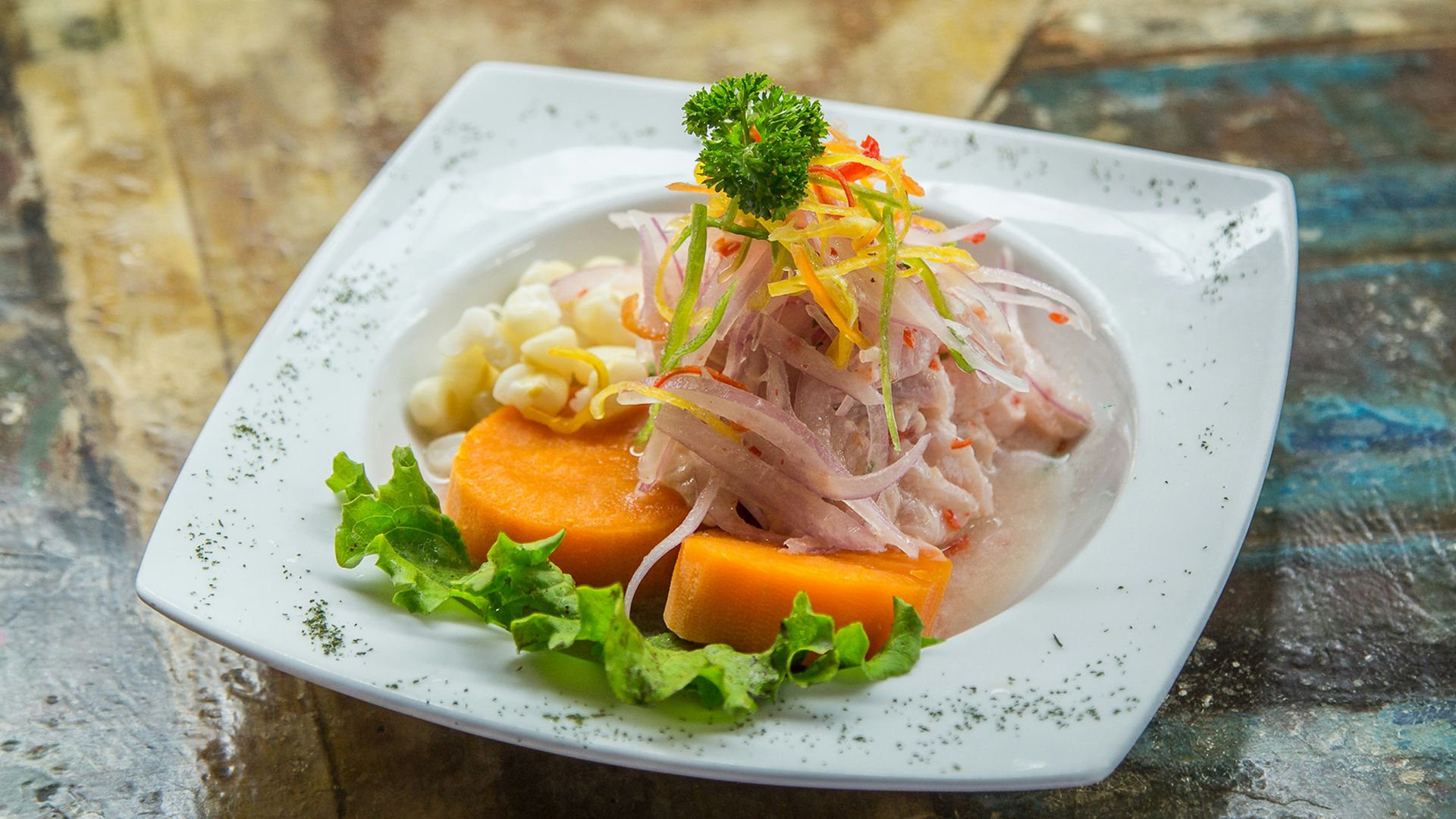 Pirata Studio Film on Unsplash
Pirata Studio Film on Unsplash
23. El Salvador
Pupusa is the all-purpose staple of the the Central American country of El Salvador. It's a flatbread stuffed with liquid cheese, pork, beans, and the loroco flower. It is usually also served with salsa and cabbage coleslaw, and you eat it with your hands. Like ceviche, pupusa's are probably ancient in origin. Evidence of their preparation has been found in Joya de Cerén, a town that was buried in a volcanic eruption nearly 2,000 years ago. However, they only really became popular across the whole country in the modern era.
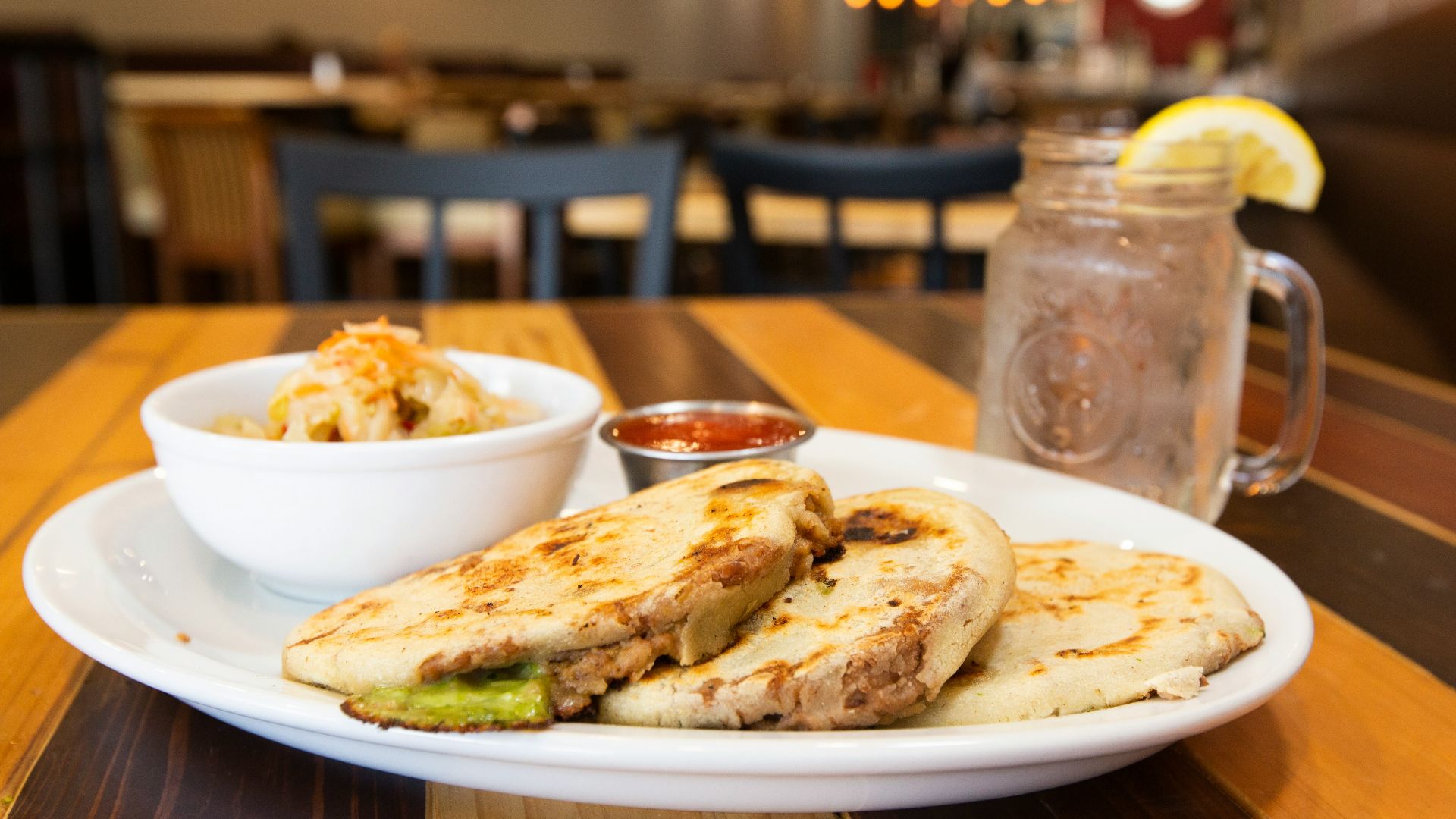 Daniel Lloyd Blunk-Fernández on Unsplash
Daniel Lloyd Blunk-Fernández on Unsplash
22. Egypt
Egypt's most popular staple is a great option for vegetarian travelers. Ful medames is a simple stew made of fava beans, cumin, and olive oil. On the subject of ancient foods, ful medames is believed by some to date back to Ancient Egypt, though it is also popular in other Middle Eastern cultures.
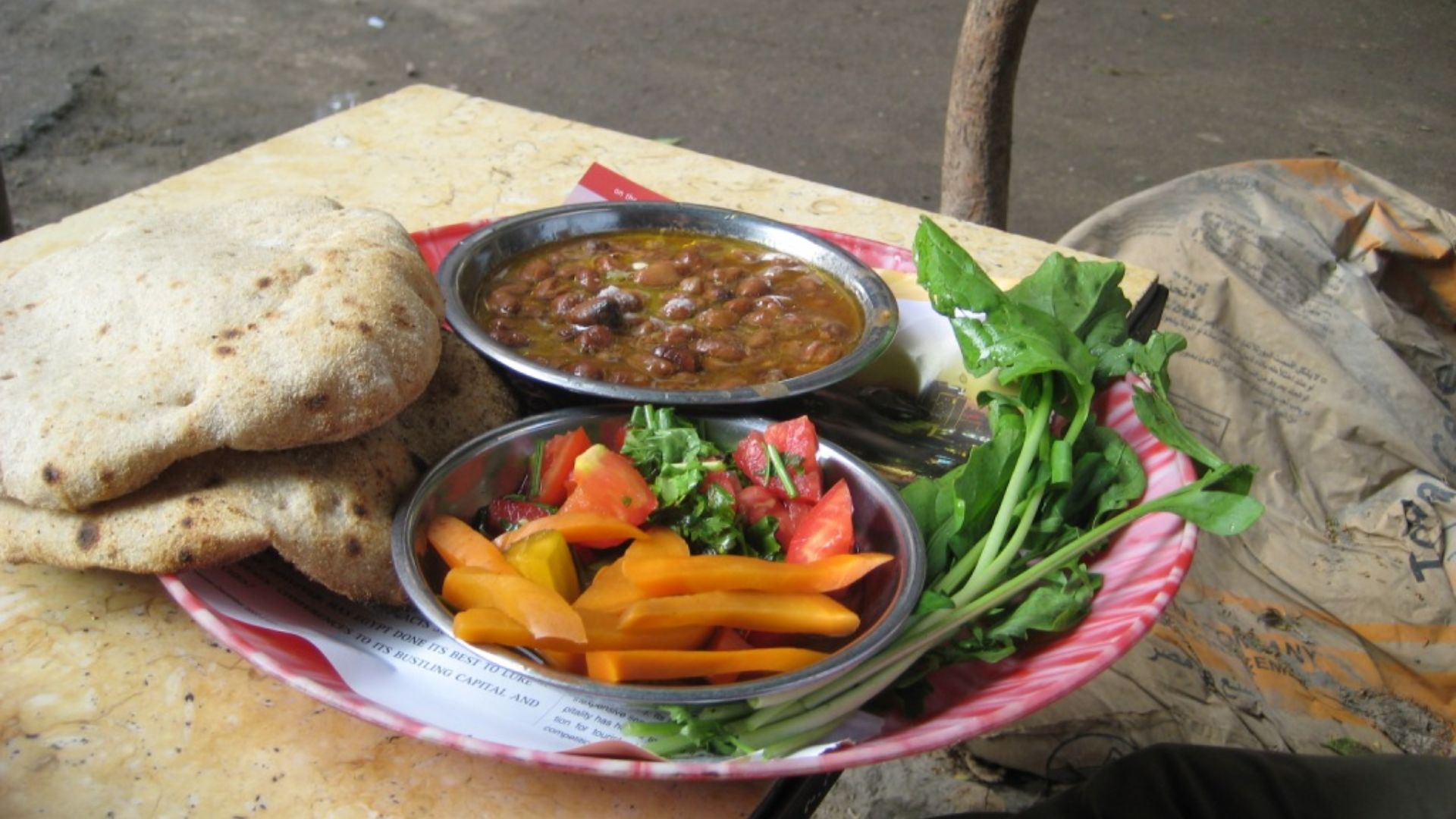 Zachbe at en.wikipedia on Wikimedia
Zachbe at en.wikipedia on Wikimedia
21. Finland
If you're having a hard time pronouncing that one, it just means "sautéed reindeer." Yes, reindeer. Those festive beasts of burden who pull Santa's sleigh are also a traditional foodstuff in Lapland, and thus one of the national dishes of Finland. The reindeer is sliced thin, cooked in fat, and traditionally served with mashed potatoes and lingonberry sauce. The Finnish version of the dish also usually comes with a side of pickles.
20. France
It's nearly impossibly to pick one dish to represent all of France. There are realistically half a dozen we could slot in here. But coq au vin, which is essentially rooster with wine, is truly divine. It's exactly what it sounds like: chicken cooked in wine with bacon lardons and mushroom. As you might expect, every region is prone to use its own wines in the preparation, but the traditional favorite is Burgundian red. Garlic is also often added for a little extra panache.
19. Germany
Sauerbraten is the German way of doing pot roast, and boy is it tasty. The roast can be almost any kind of meat, from beef or pork to venison or horse. Usually, tougher cuts are used. These are soaked for three to ten days in vinegar- or wine-based marinade to tenderize them, and then roasted. Hence the meaning of the name "sour roast." Sauerbraten is generally served with potato and/or cabbage on the side.
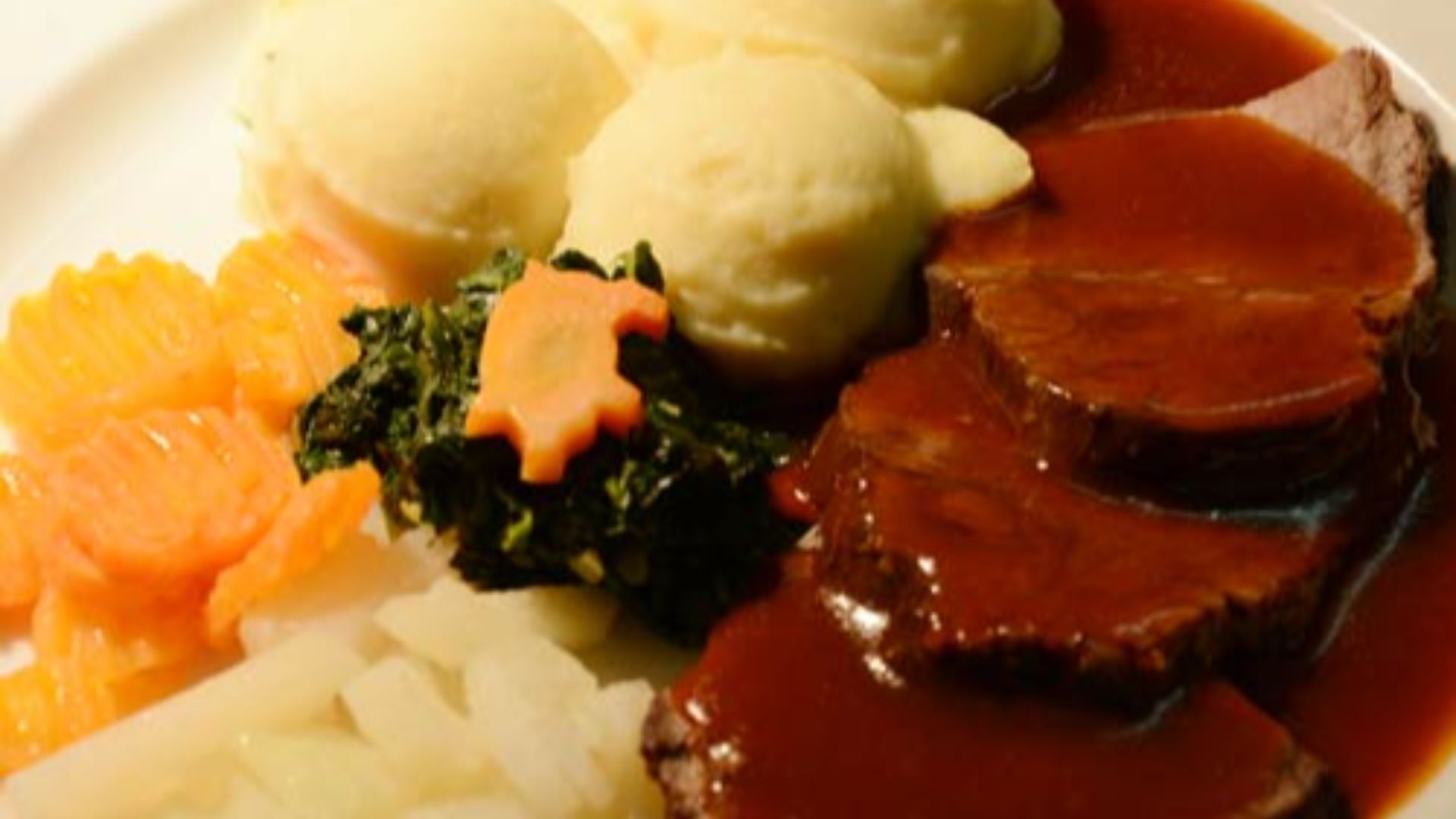 www.oeschinensee.ch on Wikimedia
www.oeschinensee.ch on Wikimedia
18. Georgia
A small but proud and vital country in the caucasus, Georgia's cuisine is tragically underrated -- almost as much as the country itself. One of their national dishes is khachapuri -- a sort of special soft bread with cheese and egg baked into the middle of it. You rip off bread from the edges and dip it into the cheesy, eggy goodness in the middle.
17. Iceland
If you're afraid sharks might eat you, why not eat them first? At least, that seems to be the reasoning of the Icelanders. Hákarl is Greenland shark meat, fermented, hung, and left to dry for half a year or so. The end result is an extremely pungent-tasting meat, something like blue cheese on steroids. But if you think consuming fermented shark is dangerous or gross, consider this: the flesh of Greenland sharks is actually poisonous when fresh. Remember, sharks are endangered and are important members of the food chain, so you're better off skipping this.
16. India
As difficult as it is to pick just one dish from the rich, aromatic Indian tradition, tandoori chicken is especially delicious. The chicken is skinned and then marinated in a mix of yogurt, and spices -- most prominently red chili powder, which helps give the chicken its distinctive hue. Once the chicken has soaked and tenderized for a few days, it is traditionally cooked in a charcoal or wood oven. There are, of course, many regional variations. But they're all flavorful and bright red.
15. Israel
The name means "Jerusalem mixed grill", which is fitting since this dish is especially popular in that city. It's a grilled chicken and lamb dish seasoned with garlic, onions, cumin, and other spices. But the parts of the chicken used are not what you might expect. Instead of wings, breasts, or thighs, be prepared for hearts, livers, and spleens.
14. Italy
Like France, Italy has no shortage of iconic dishes to choose from. But pizza is one of the most popular foods in the world, so as redundant as it may seem, it would be wrong not to mention how well they do it in Italy. You haven't had pizza until you've tried it in Italy, and they will put anything on it. You can even try an all-you-can-eat pizza joint in Naples and sample slices with herring, escargot, and even dandelions.
13. Jamaica
The national dish of Jamaica, ackee and saltfish is made from sautéed, salted cod and fruit, as well as Scotch Bonnet peppers and a number of other optional ingredients. Coleslaw is commonly served as a side. While this dish comes highly recommended at a Jamaican restaurant, it's not one to cook at home unless you really know what you're doing. The ackee fruit is poisonous until it ripens -- or unless it's properly prepared. So it's best to leave this one to the professionals. Also, if spice isn't your thing, you'll want to ask whether or not the preparation involved Scotch Bonnets. They are, at a minimum, ten times spicier than jalapeños.
12. Japan
Ramen is a spectacular soup made with Chinese-style wheat noodles and a host of other ingredients -- miso, soy sauce, egg, seaweed, and meat. It's difficult to be more specific because there are so many regional variations, but there really is nothing like a big bowl of ramen on a cold day.
11. South Korea
The compound word bibimbap basically means "a bunch of stuff mixed with rice". The dish lives up to its name. Meat, vegetables, kimchi, chili paste, sesame oil, fermented soy beans, and whatever you like! It's all piled in a bowl atop a bed of rice, mixed together, and devoured. Presentation is very important, and you'll notice that the colorful ingredients are often arranged so as to complement one another.
10. The Netherlands
Soused herring is served raw, so you might say it's sort of like Dutch sashimi. Young herring are pickled in mild preservative for a few days. They are then eaten in a number of different ways. Some folk put them on sandwiches with onions. Others eat them as a snack with pickles or other sides. But the proper Dutch way of eating soused herring is just to hold your head back and lower the fish into your mouth. Note: soused herring should be silver outside, pink inside. If it's not pink, it's probably not fresh.
9. Norway
If you lived somewhere like Norway in Medieval times, how would you survive? Most of the land isn't arable or good for pasturing. The winters are cold and dark. The answer is: you catch your food while the sun shines and preserve it. Hence rakfisk, fermented trout preserved for some months and then eaten raw. It's often accompanied by flatbread, potatoes, mustard, sour cream, or onions, and is considerably less mild than soused herring, say. Pregnant women are advised not to try it.
8. Mexico
Don't worry, it's not made from moles. 'Mole' just means 'sauce' in Spanish. The sauce known as mole is one of the most complex in the worlds, and can include up to 100 ingredients. However, the base is always chili peppers. The end result is pungent and often a little sweet, but it varies. The most famous use of the sauce is to make mole poblano. In this preparation, chocolate is added to modestly counteract the spice of the sauce. (The chocolate helps to darken the sauce, giving it a deep brown complexion.) It is then drizzled over the meat of your choosing, and often consumed on special occasions.
7. Russia
This is a tart beet soup that's essentially mandatory eating if you're in Russia, or Ukraine, for that matter, where it most likely originates. Borscht is a very ancient meal, made from beetroots and typically served cold with a touch of sour cream on top. Of course, as with anything, there are many variations.
6. South Africa
A combination of two Dutch words, 'biltong' literally means 'butt tongue'. That doesn't sound promising, but don't judge a book by its title. Biltong is basically the South African answer to beef jerky, except it can be made from any kind of game meat you choose. You can even try ostrich biltong if you're so inclined. Historically, biltong was made in the winter so that it would dry faster. It tends to be soaked in a spiced vinegar solution for a day or so and then left to desiccate until its ready for consumption.
5. New Zealand
Why take your bacon and eggs separately when you could just mash them together and eat them in a pie? That's how the kiwis like to do it. The eggs are not beaten, but baked in whole, giving the pie a heavy, dense texture, and making it sinfully unhealthy. of course, bacon doesn't exactly extend your lifespan either, but it's oh so delicious!
 Priscilla Du Preez 🇨🇦 on Unsplash
Priscilla Du Preez 🇨🇦 on Unsplash
4. Palau
Yes, soup made from bats. While eating bats is not all that common and can even be dangerous if you choose the wrong bat or prepare it incorrectly, the Palauans consider bat soup a delicacy. They prepare fruit bats in a broth of ginger and coconut milk. It kind of makes sense when you consider that Palau is in the middle of the Pacific Ocean and it would have been a treat to eat anything other than fish here in premodern times.
3. Vietnam
Sometimes the simplest foods are the most elegant, and what better example is there of that concept than pho? Pho is simply meat and rice noodles served in the appropriate broth. Of course, there are also plenty of healthy and tasty garnishes: cilantro, bean sprouts, basil, lime, onions, chili peppers. If you ever feel a cold coming on, run, don't walk, to your nearest pho spot.
2. Thailand
Durian isn't a dish but a fruit, and perhaps the most controversial fruit in the world. Some people seem to think that durians smell and taste like almonds, while others denounce it in the harshest terms. Its aroma has been compared to open sewers, rotten vegetables, turpentine. Worst of all, their smell tends to linger for hours or even days.
1. Ecuador, Bolivia, Peru
In North America, Guinea Pigs are pets, but in South America, they're lunch. Known as cuy, they are served fried, boiled, or roasted. Although guinea pig was once only consumed during certain indigenous festivals, they've become more popular in recent decades because they're easy to breed and rather healthy to eat.


